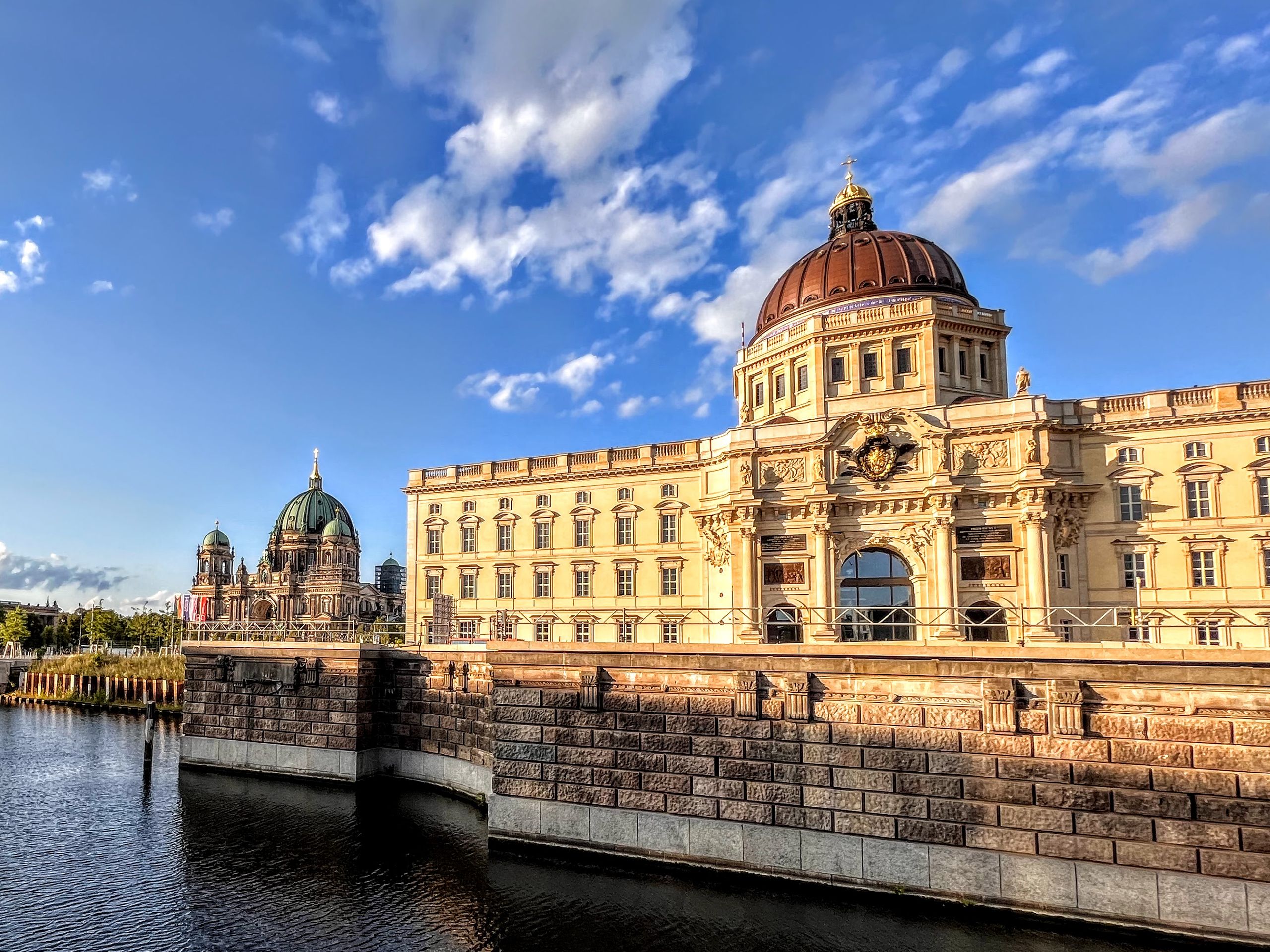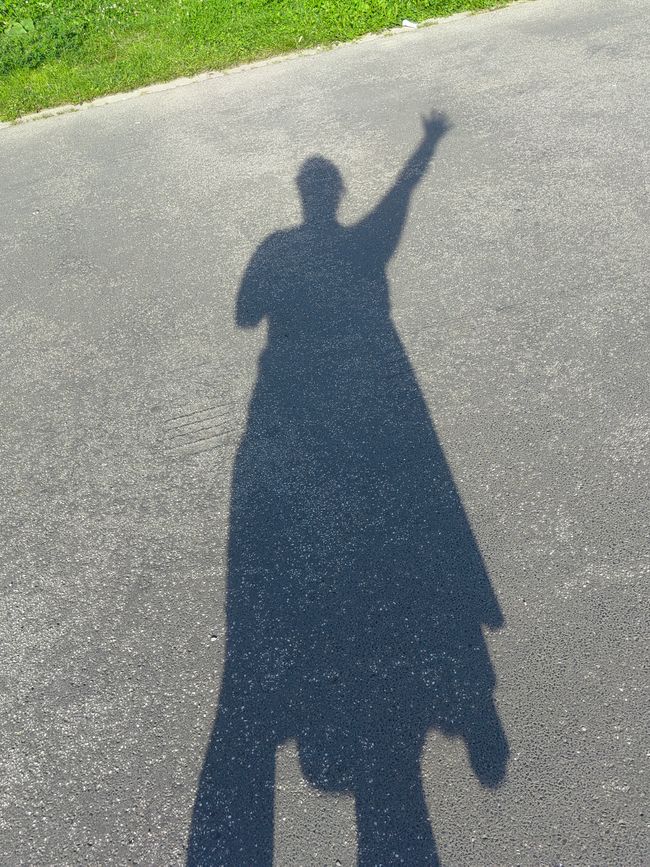City West (Zoological Garden, Kaiser Wilhelm Memorial Church, Café Kranzler, Europa Center and surroundings)
Nai-publish: 11.08.2023
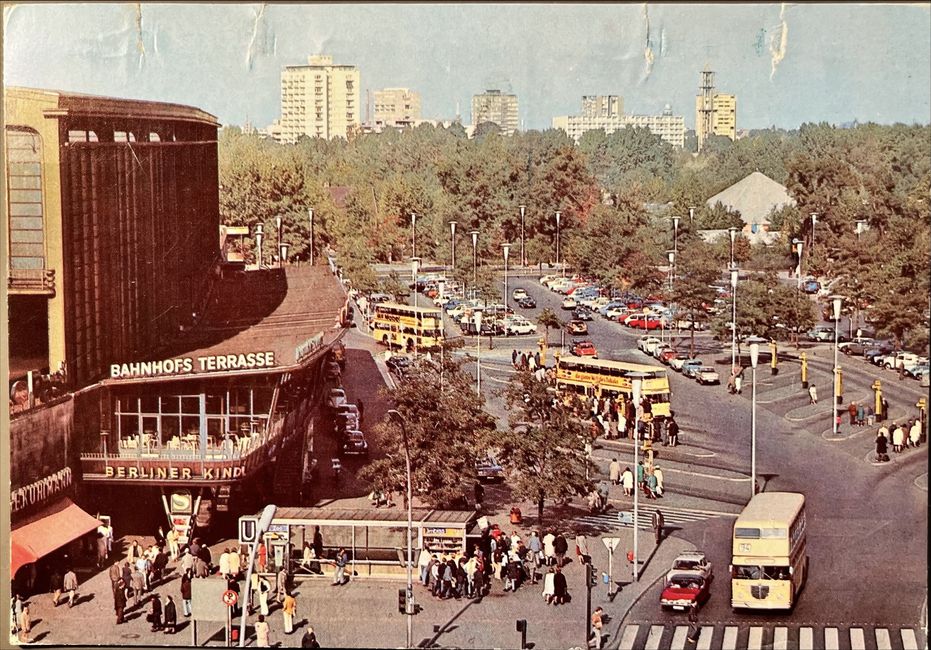
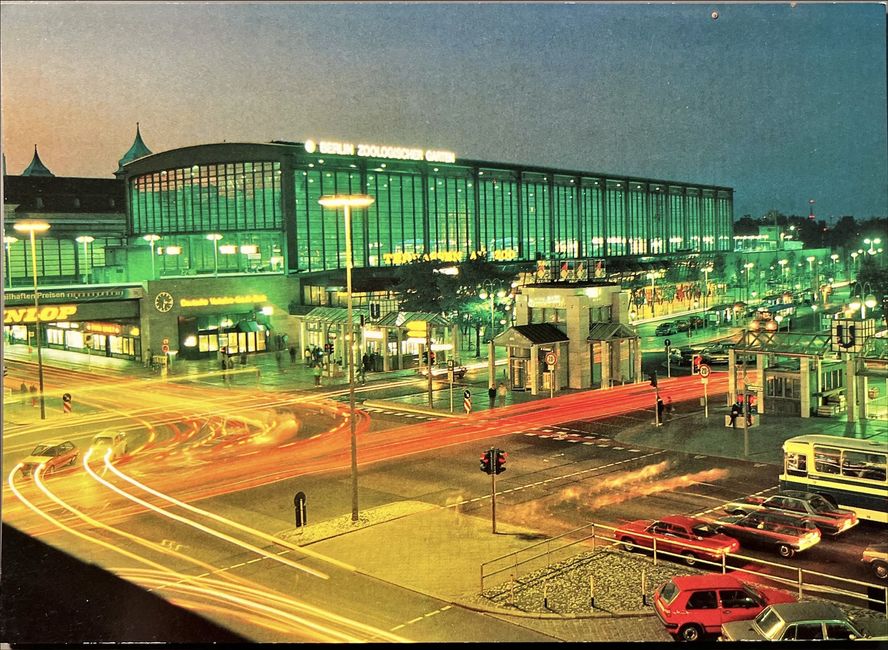
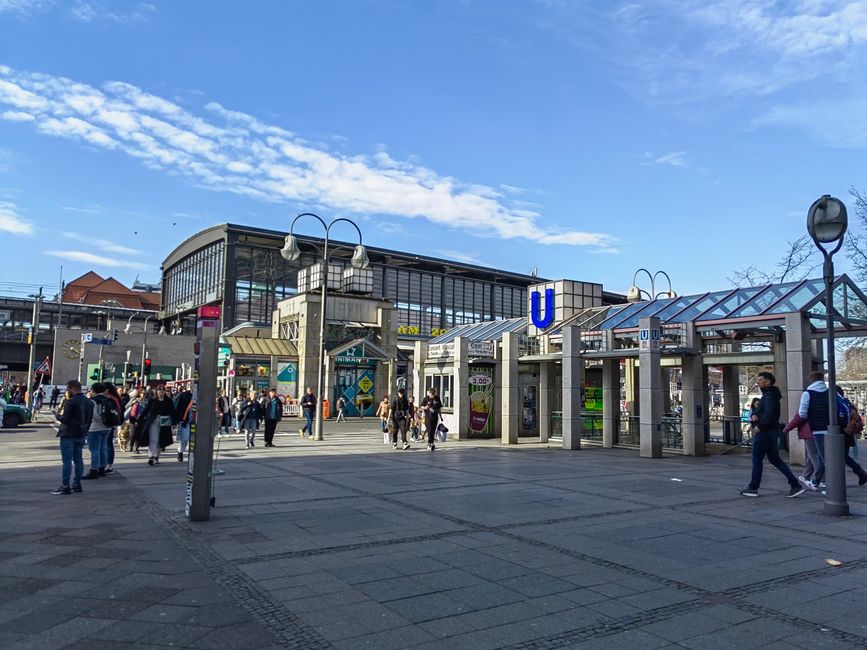
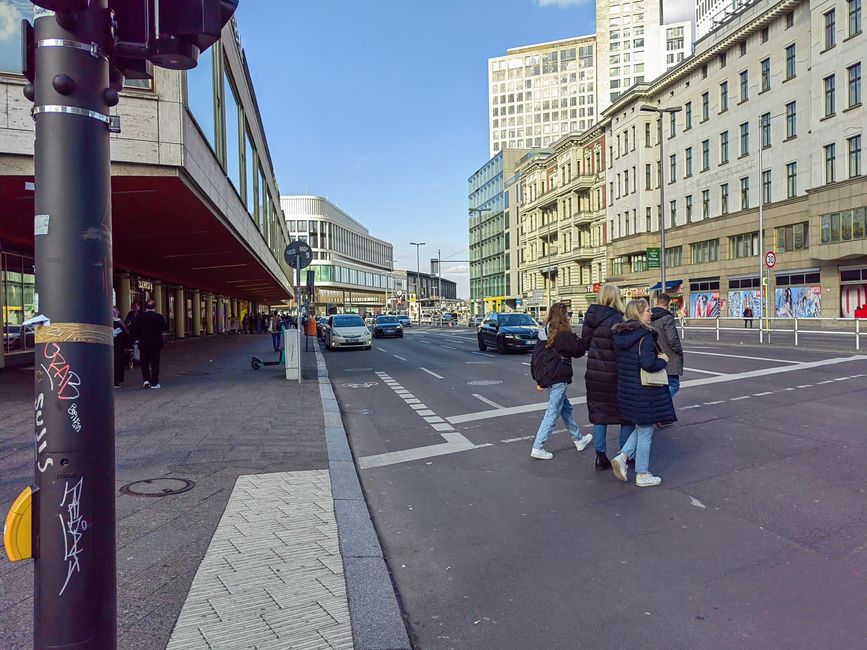
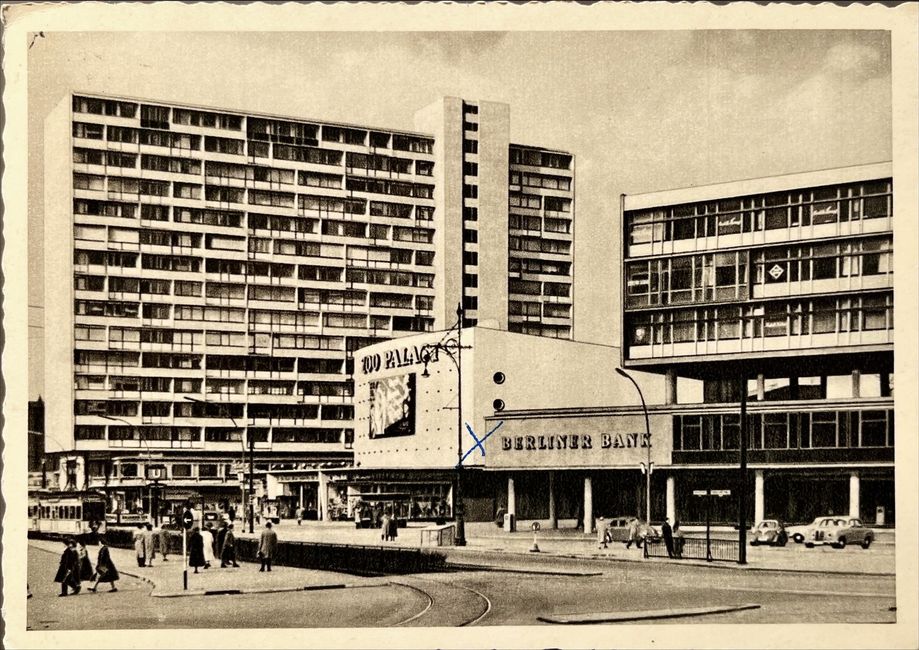
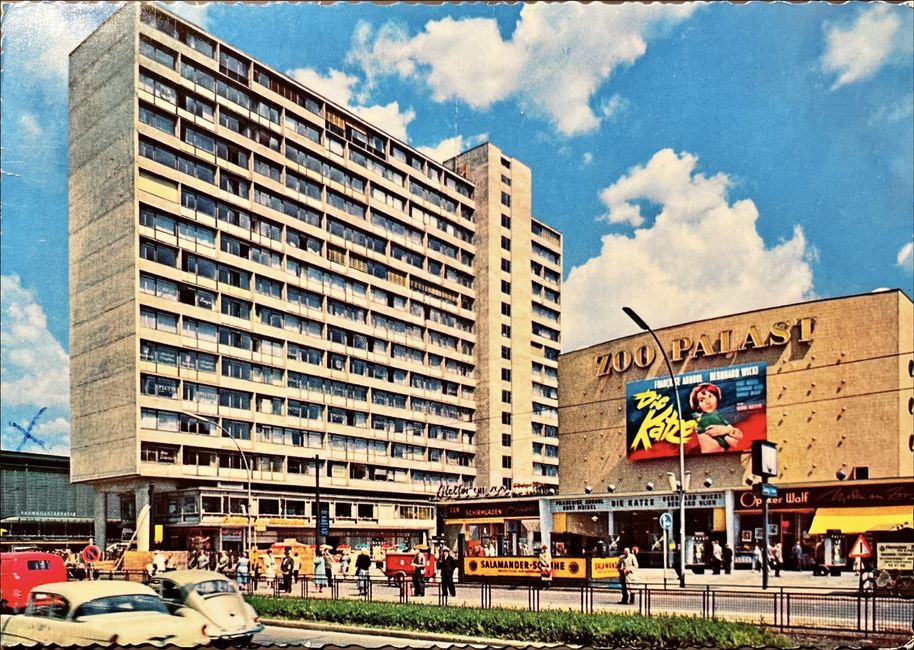

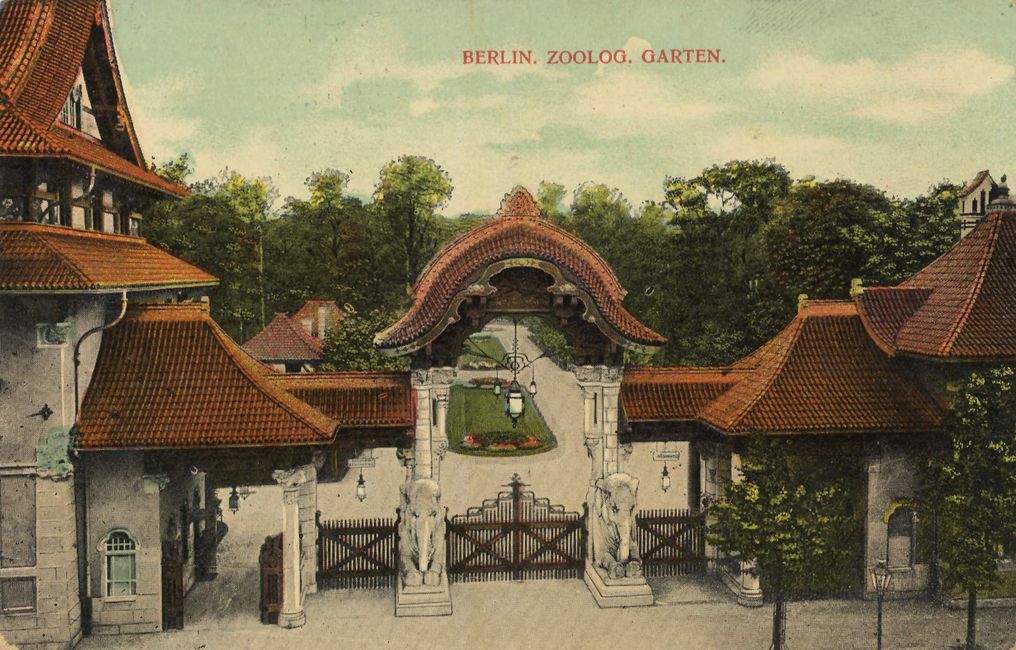
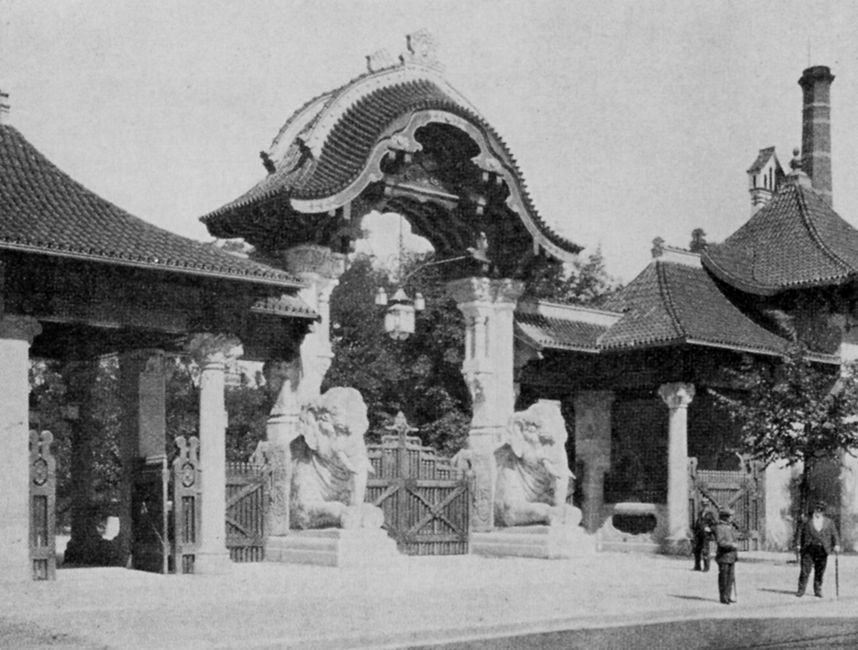
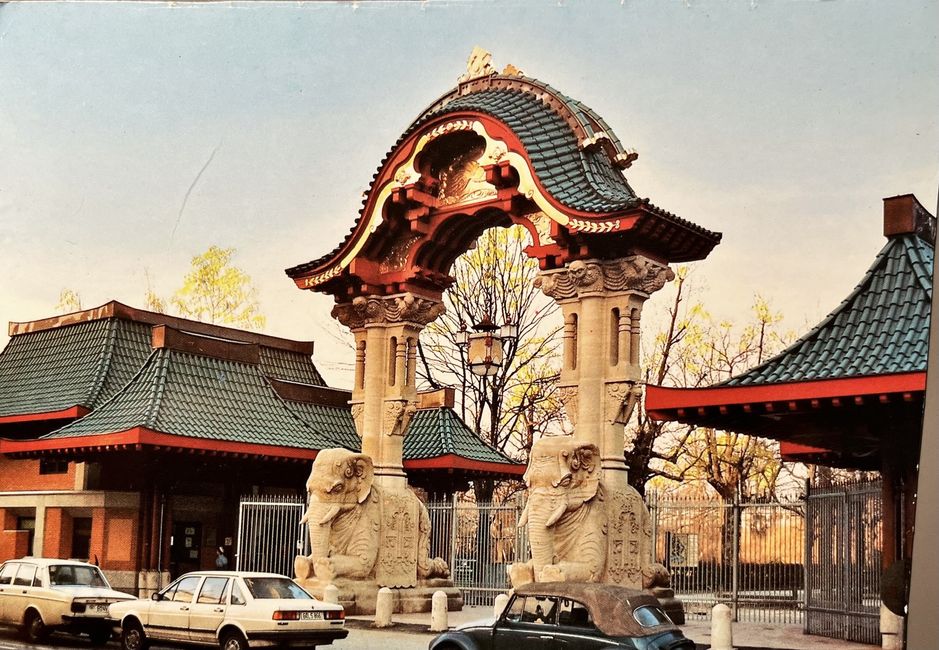
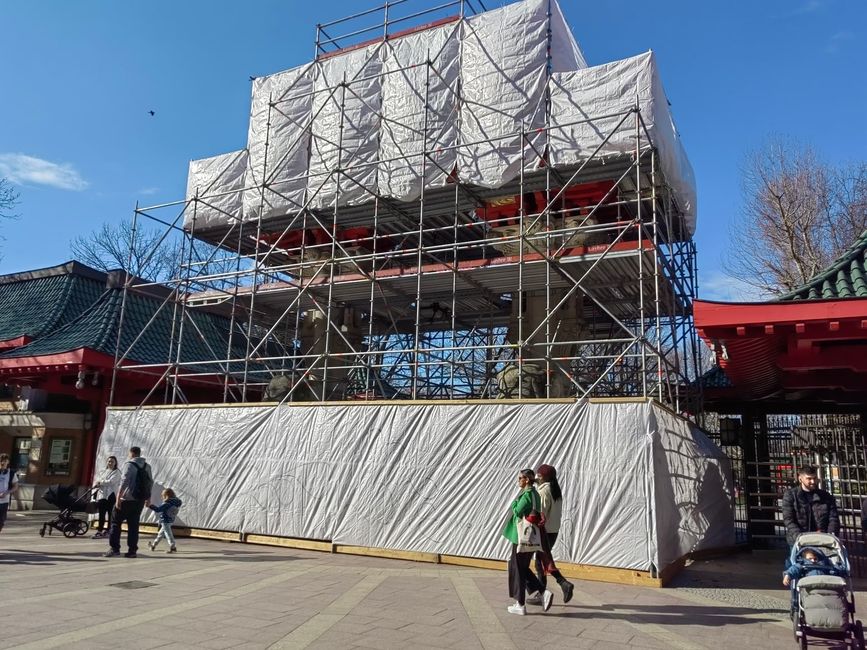
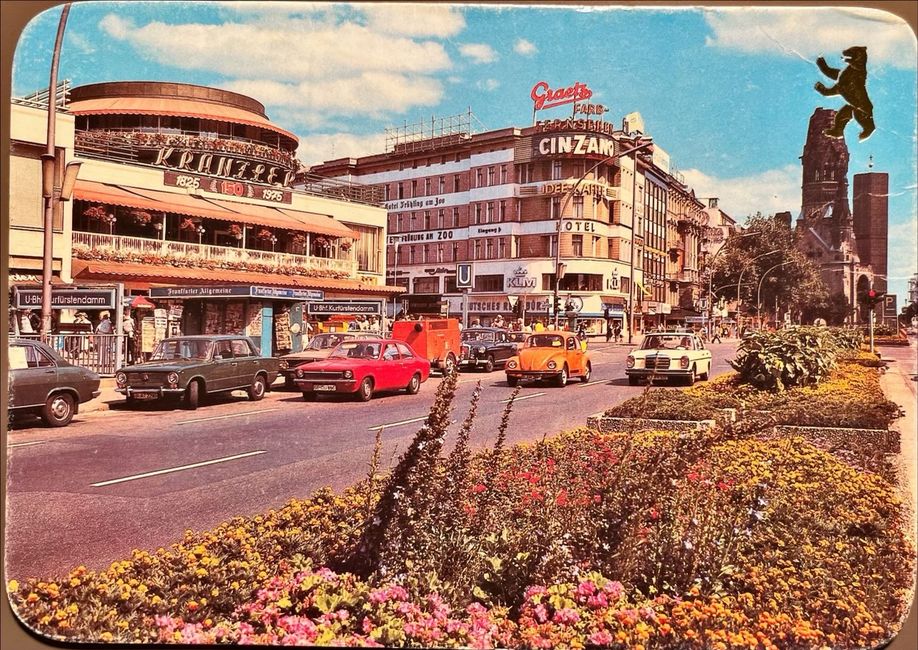
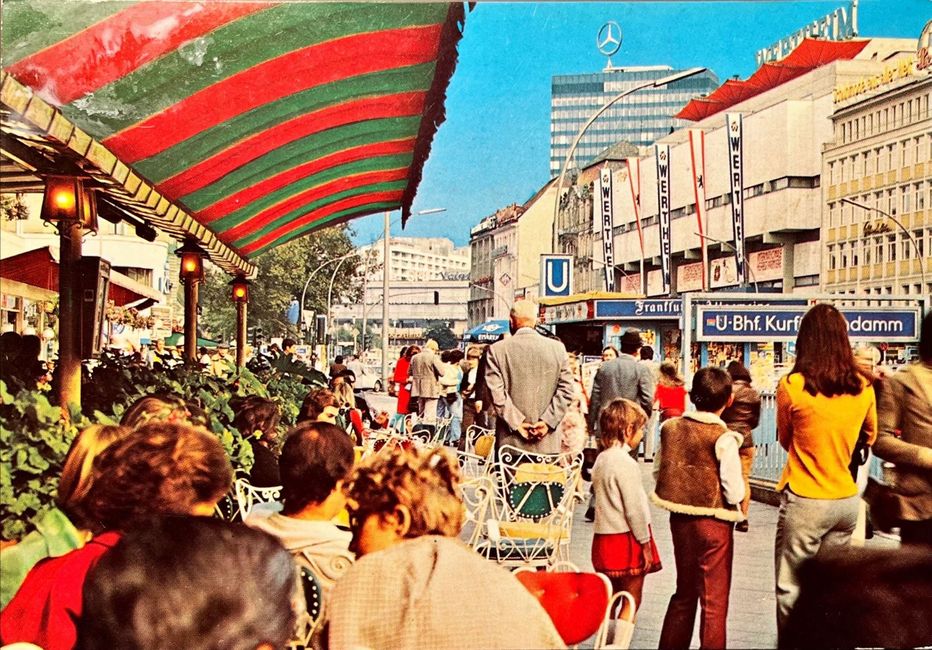
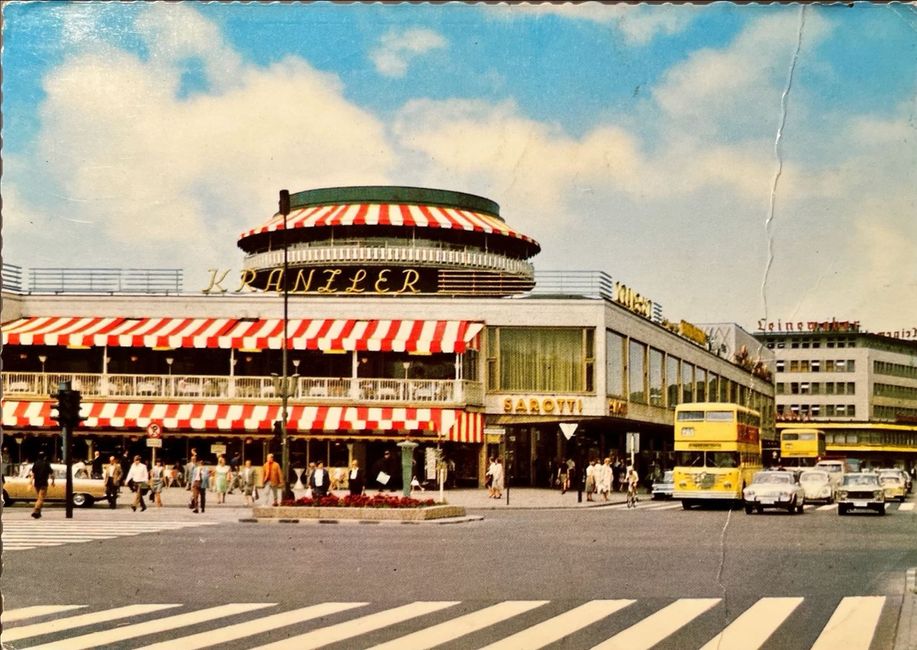
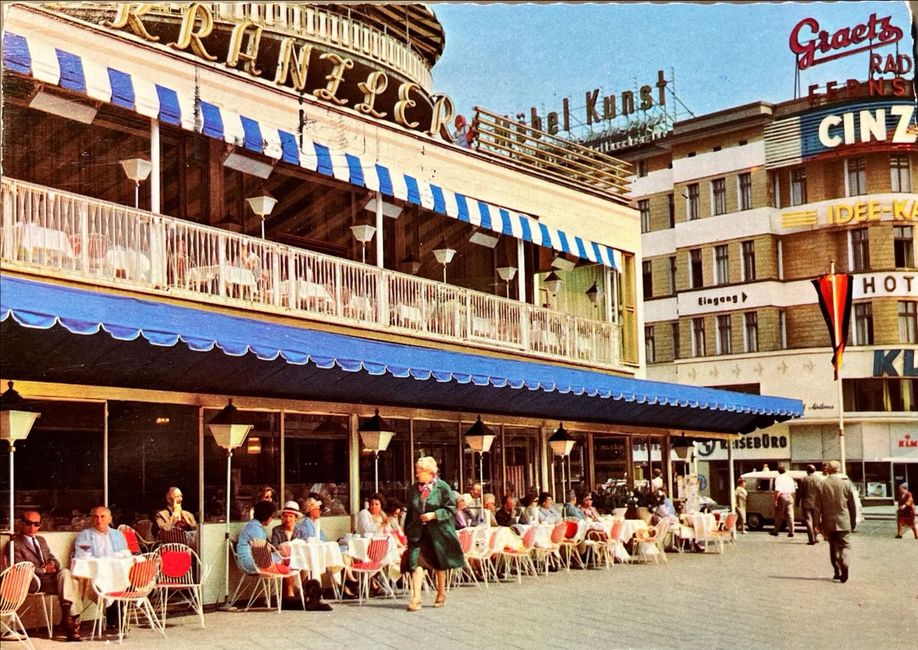
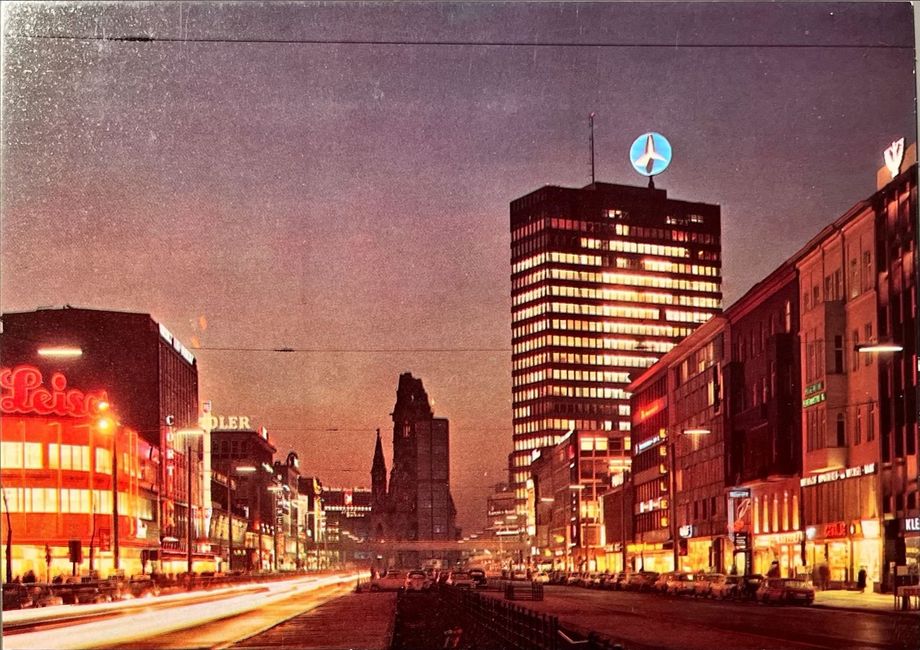
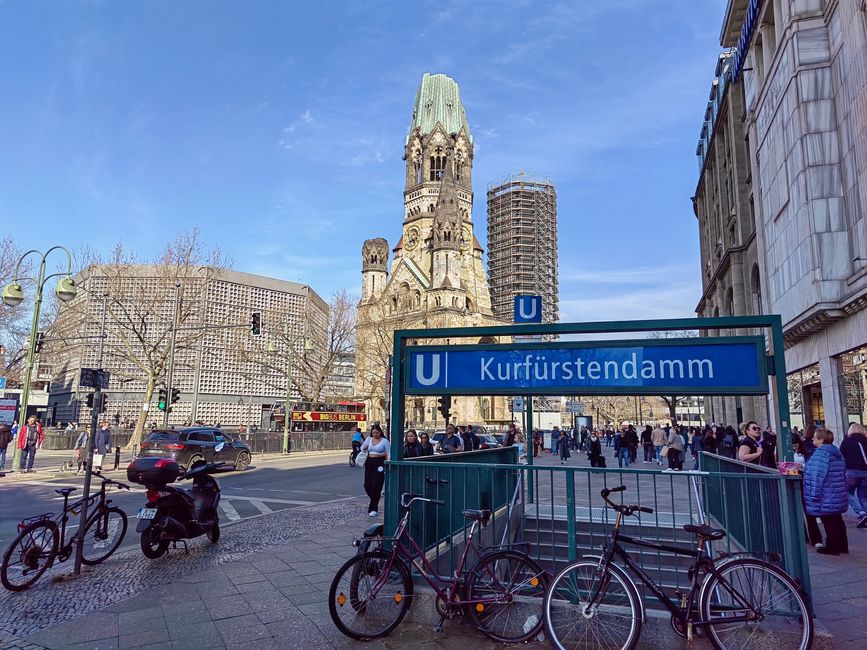
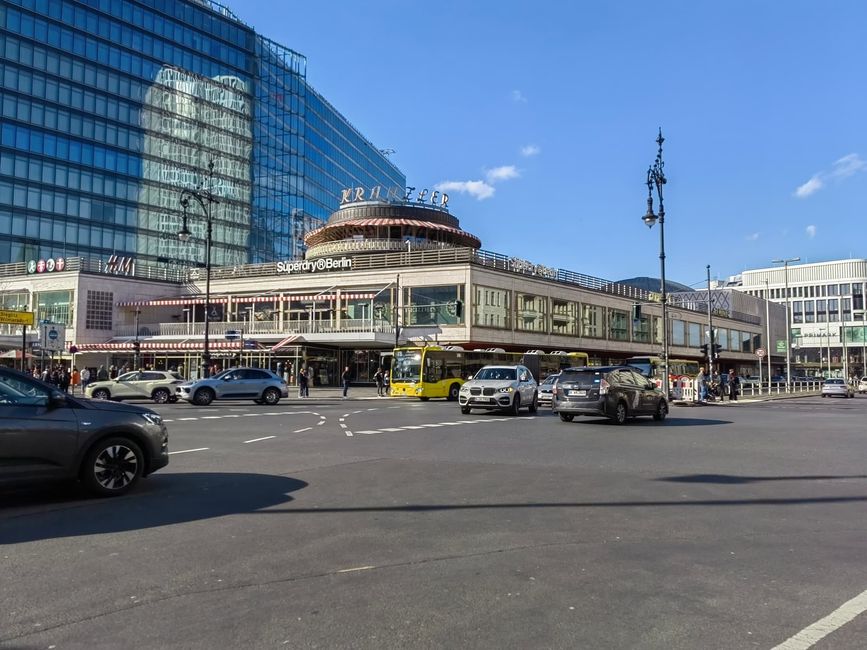
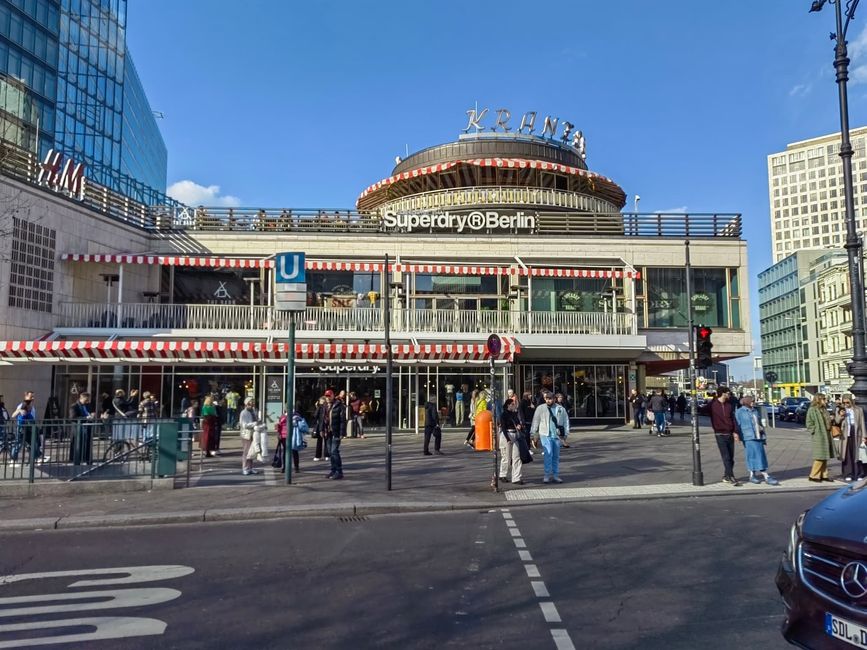
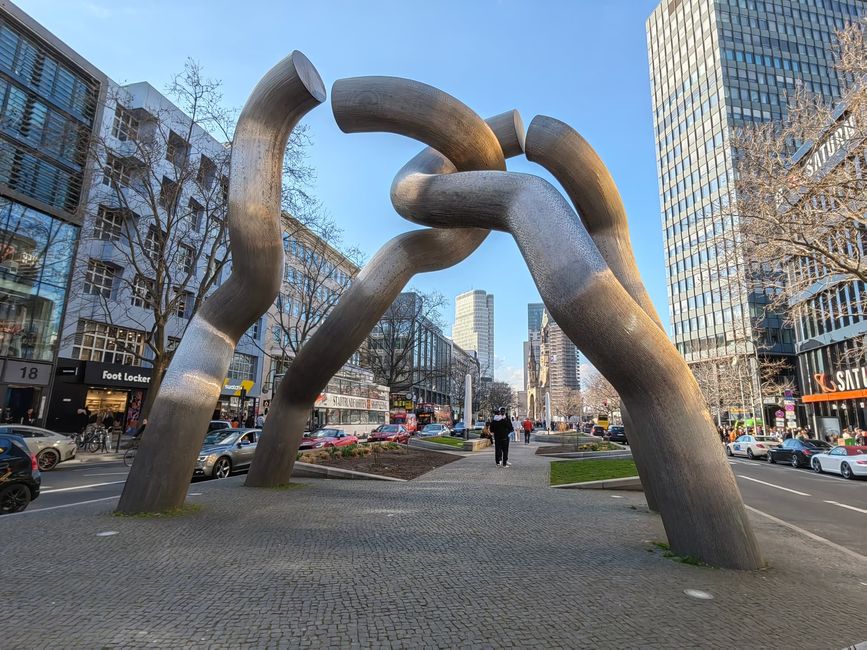
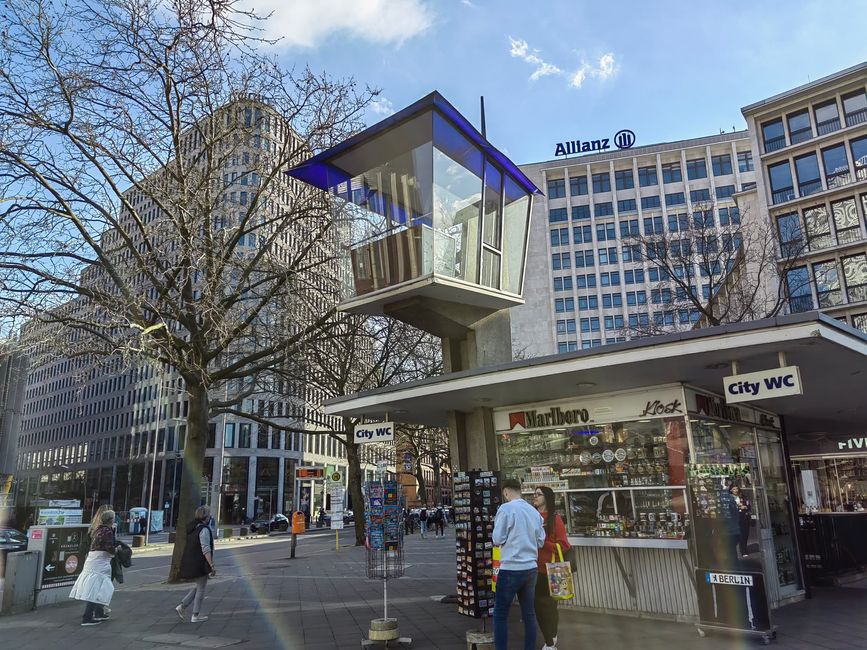
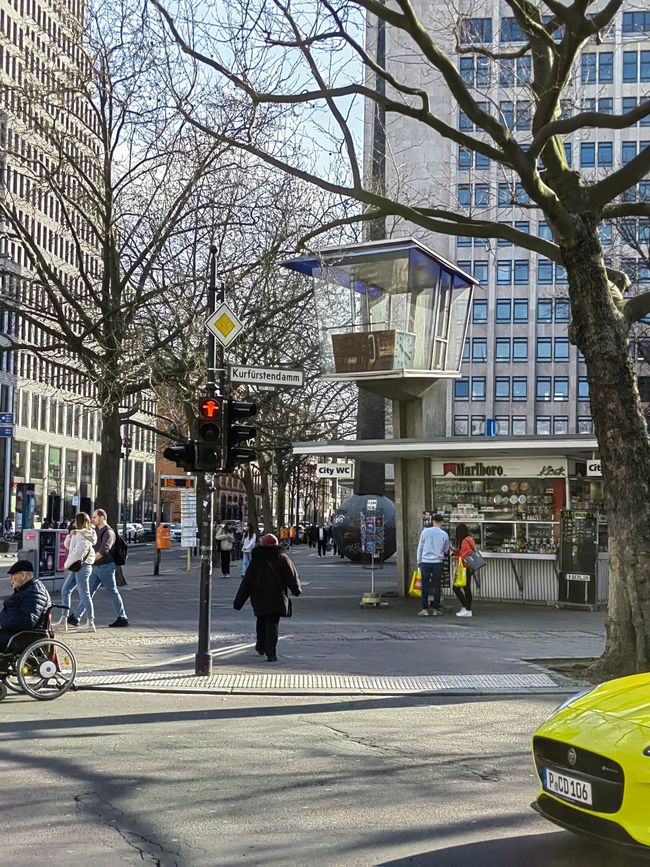
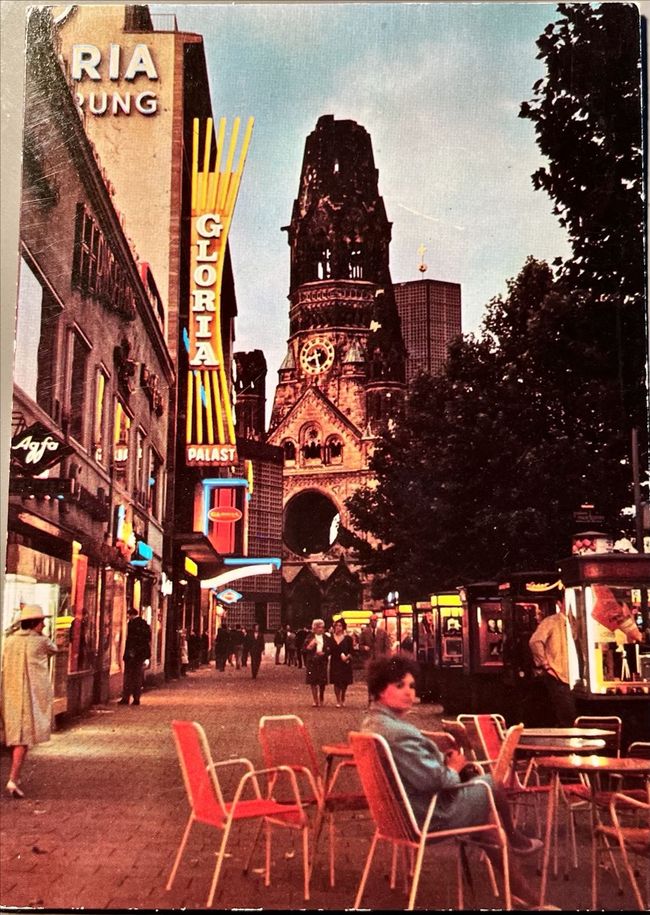
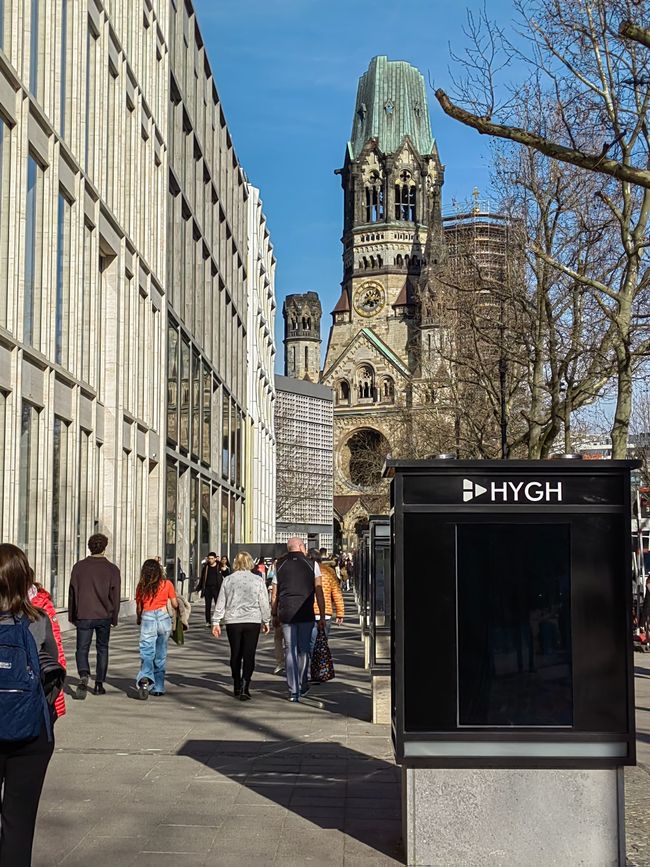
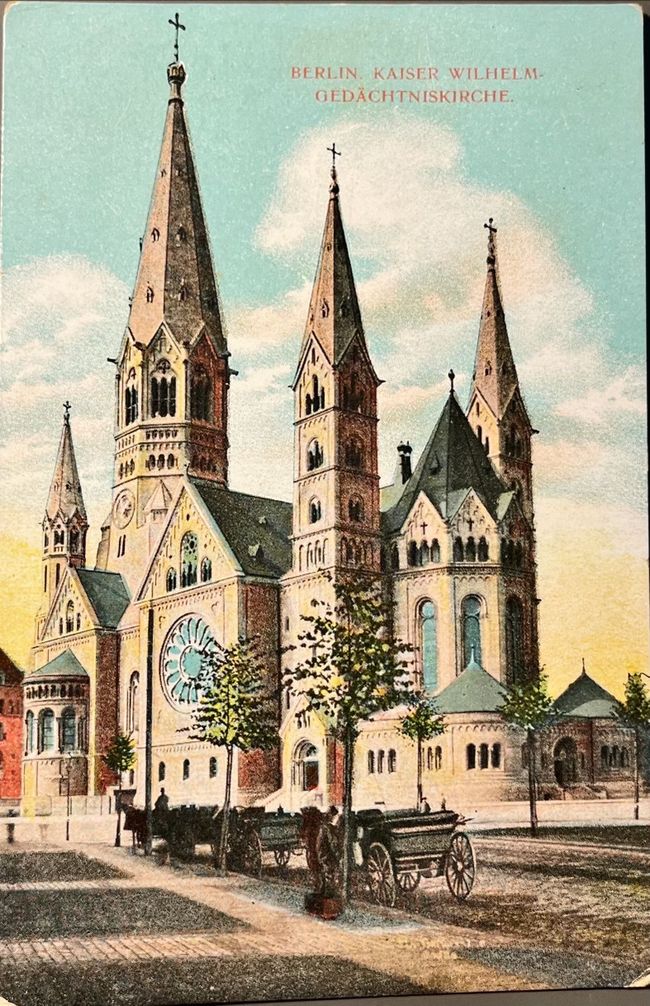
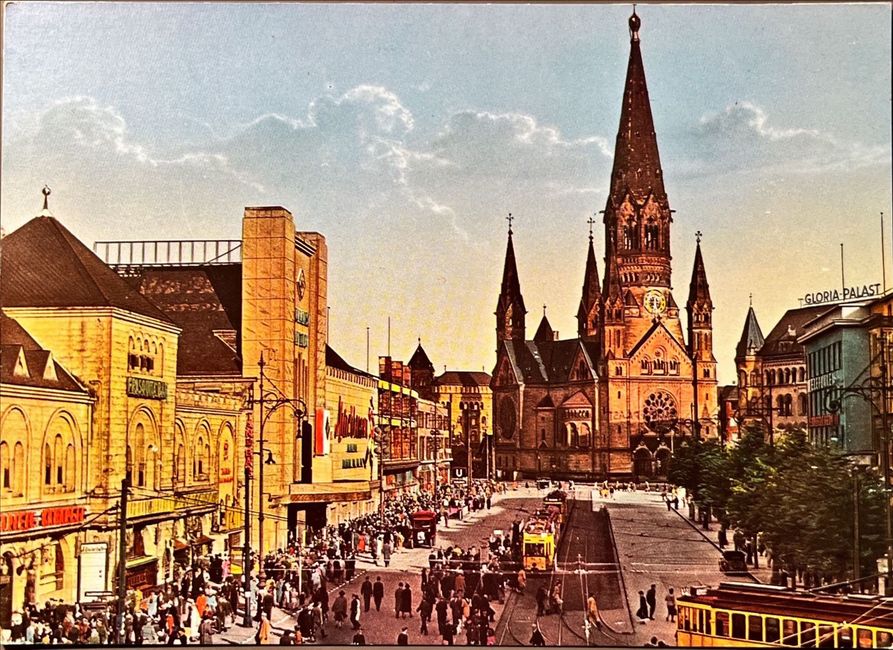
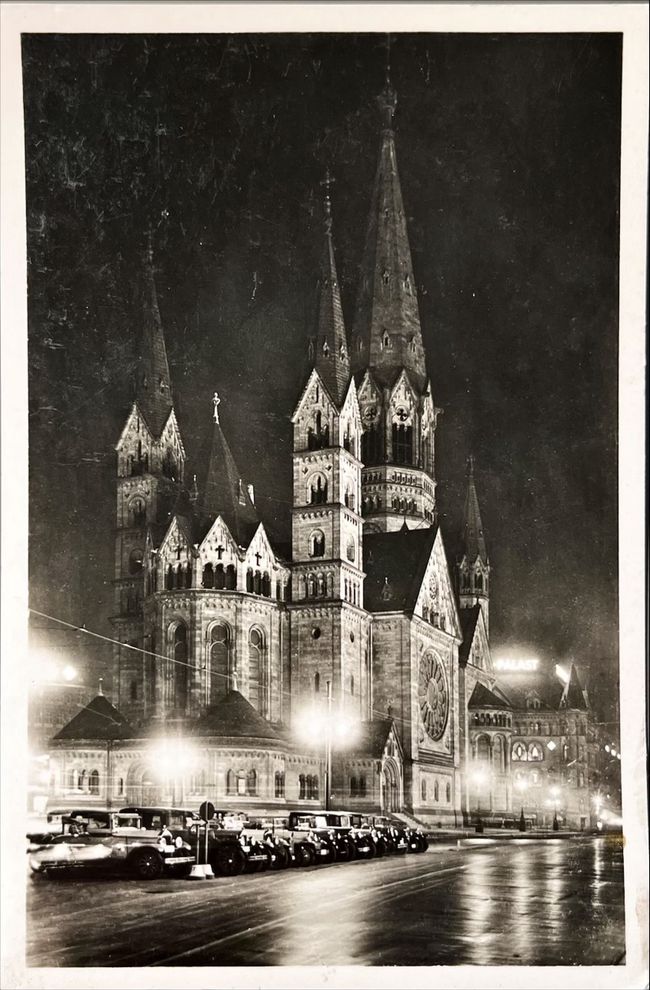
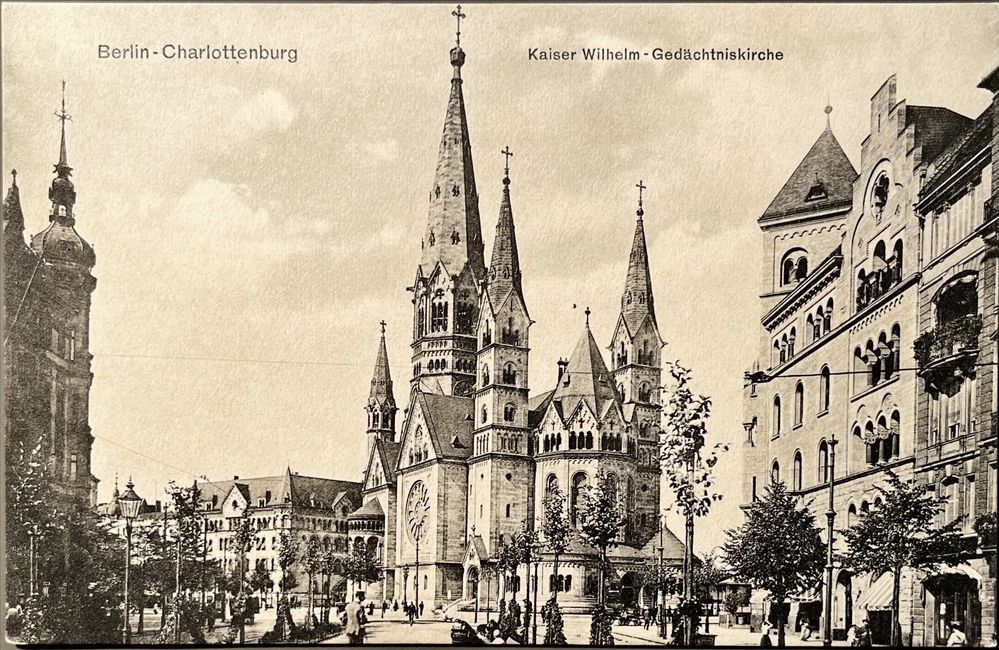
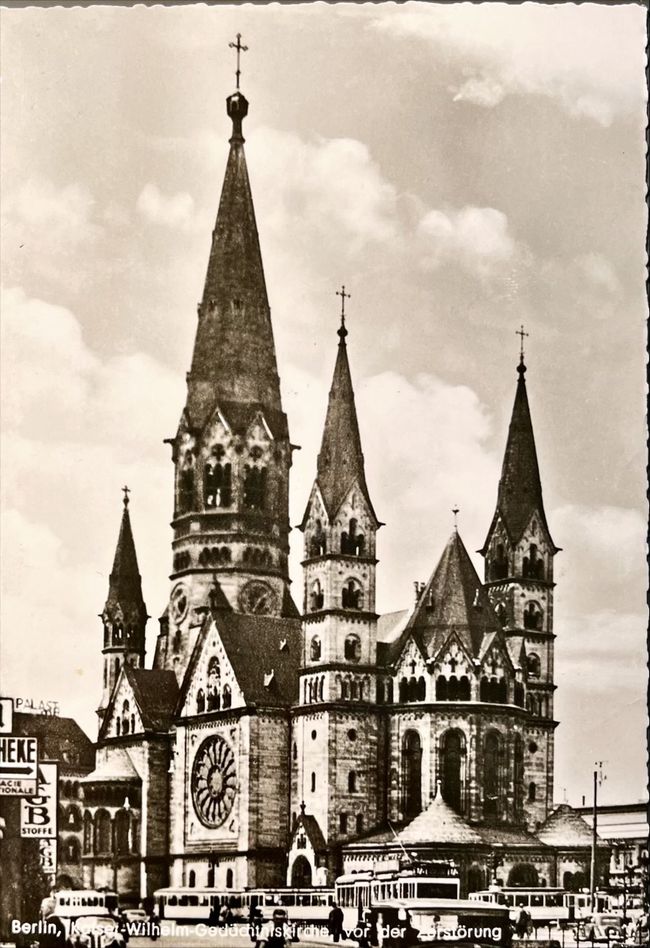
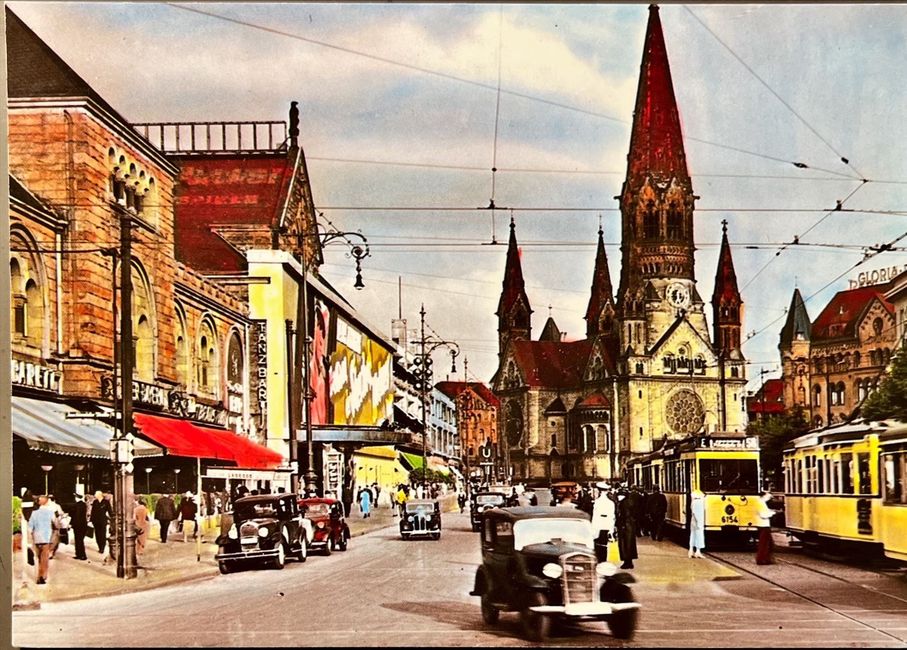
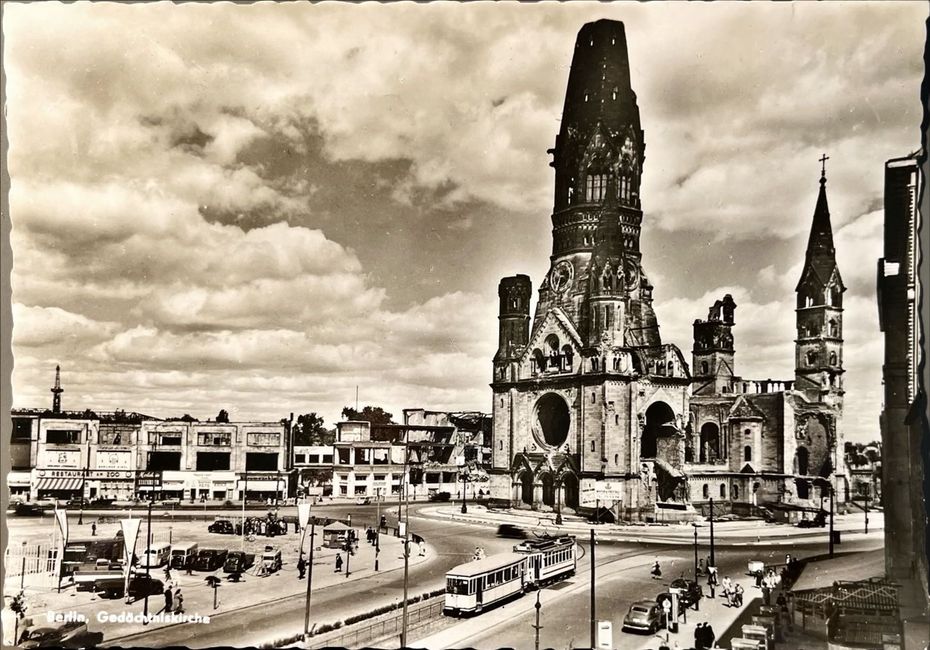
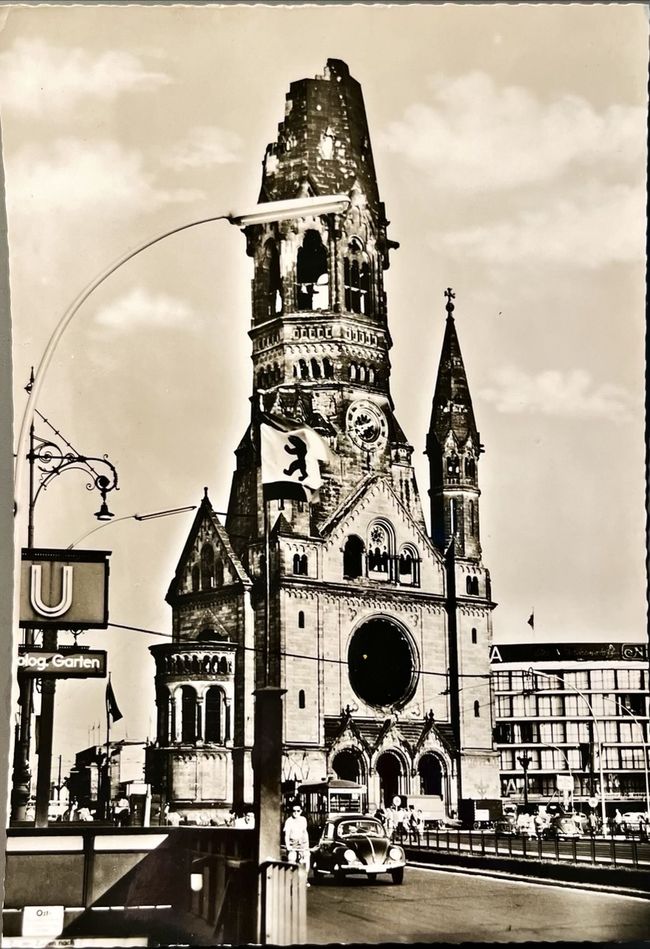
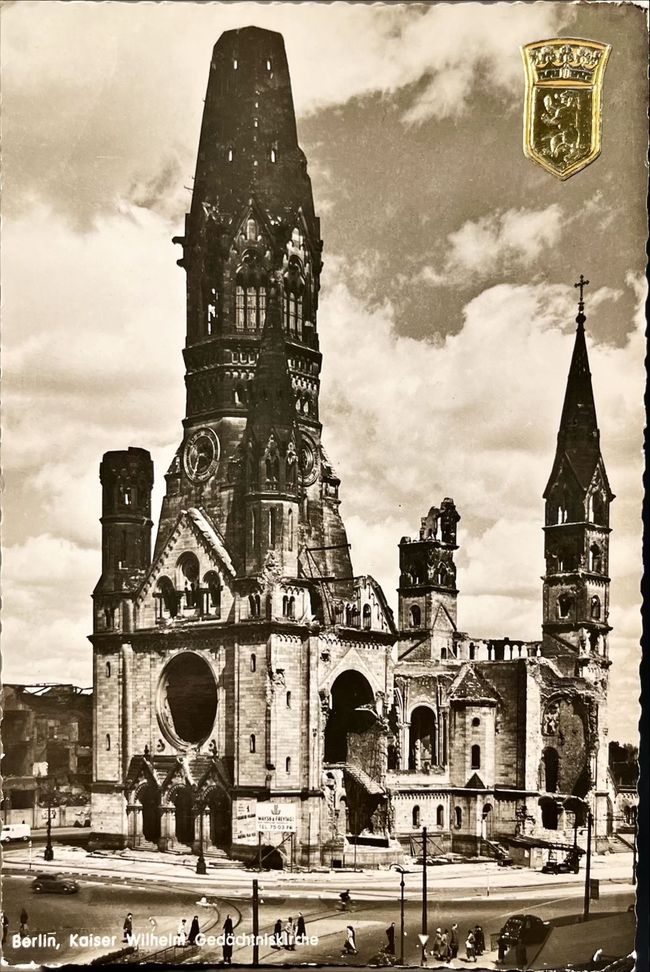
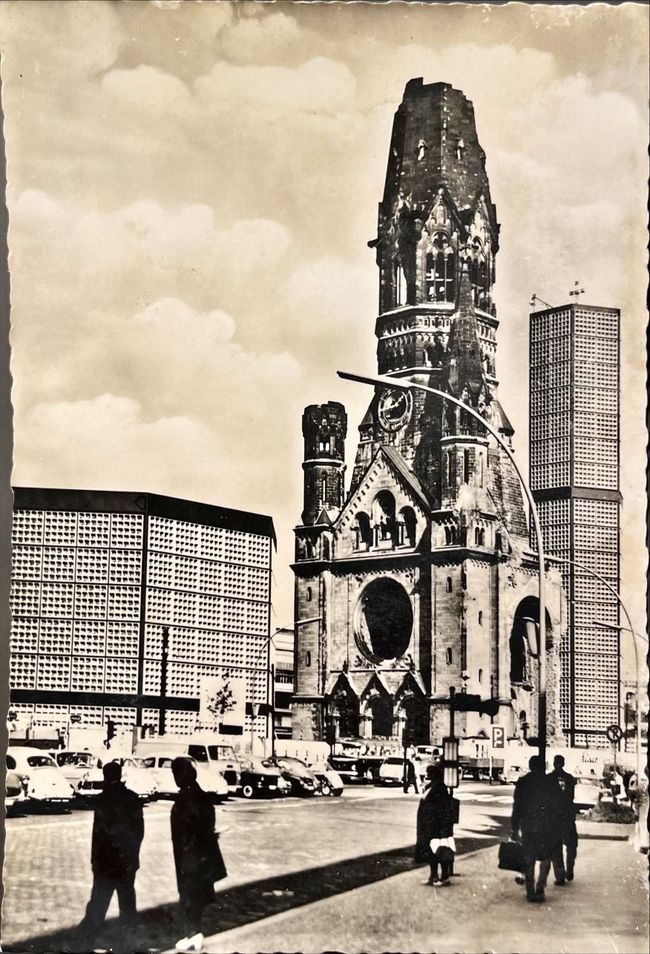
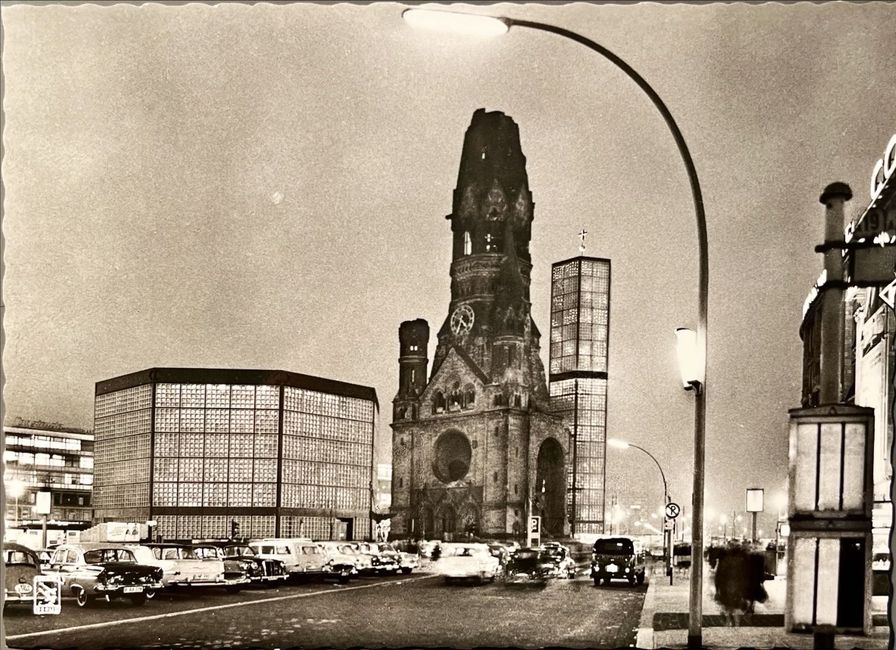
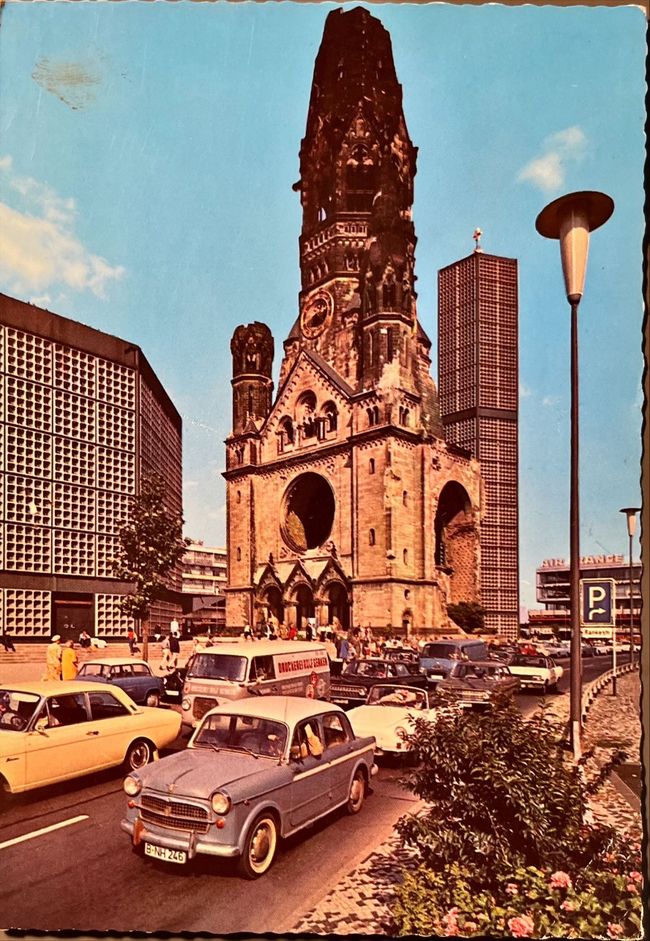
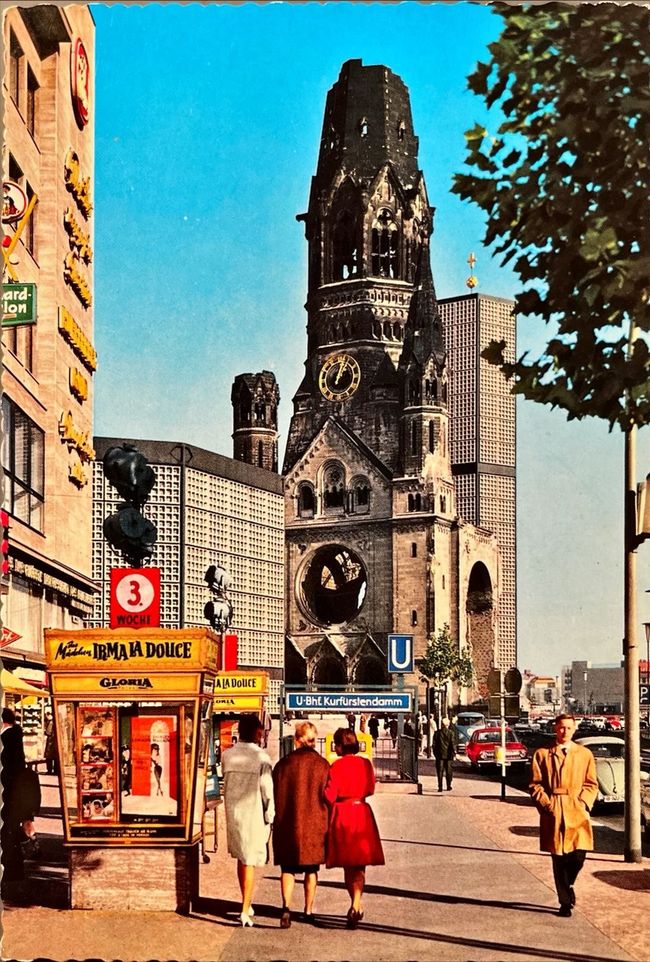
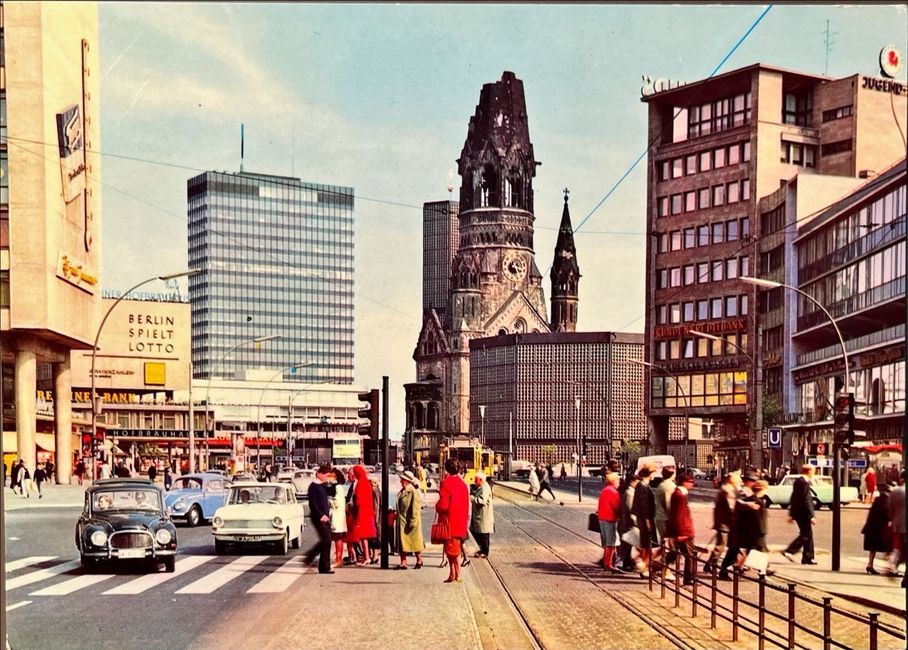
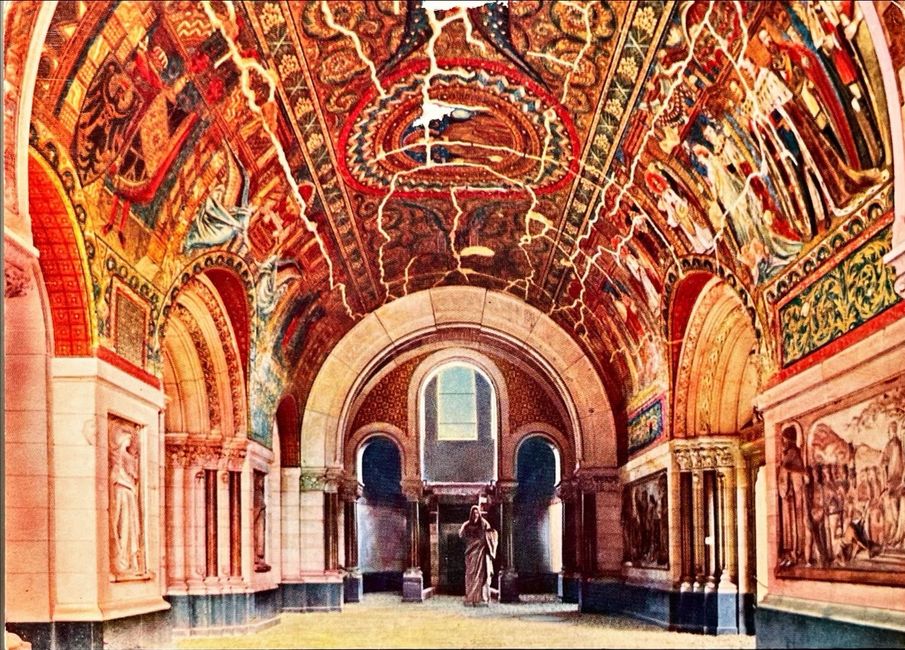
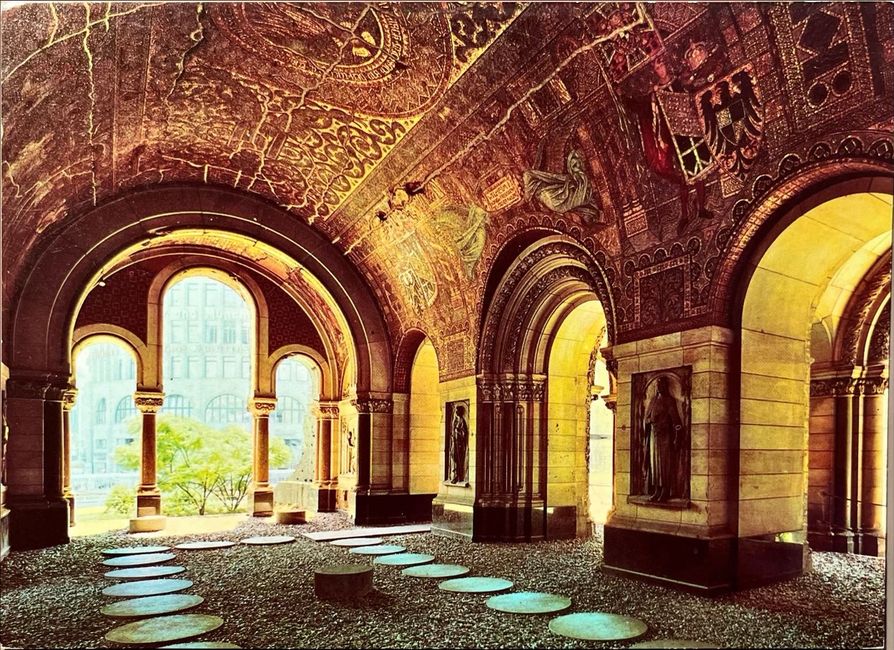
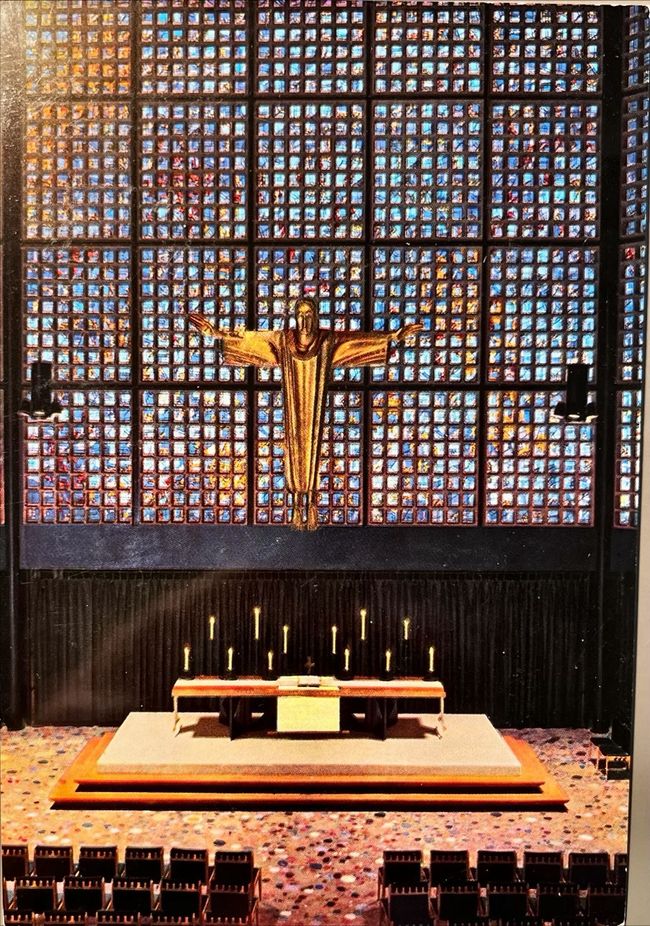
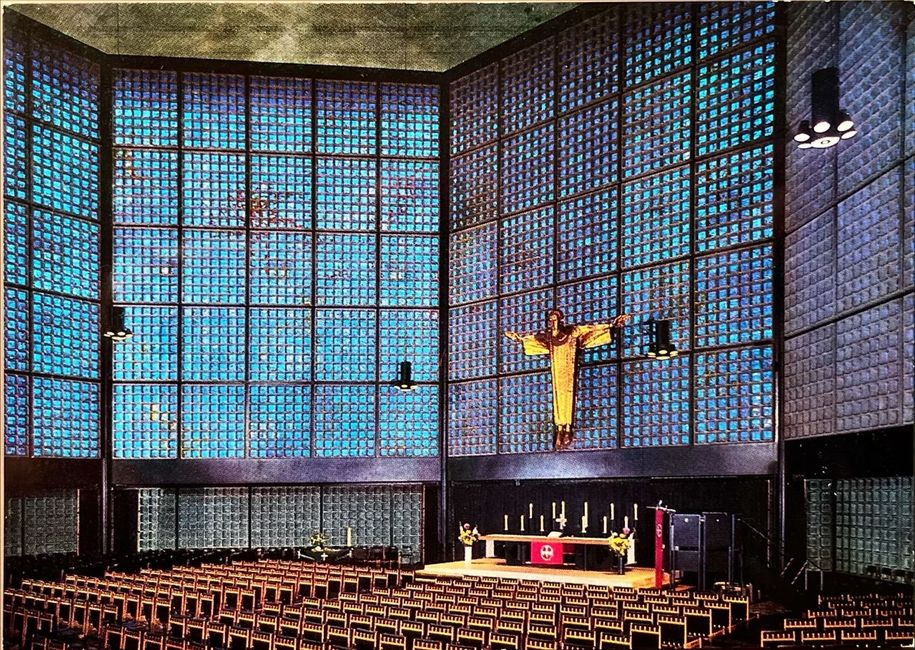
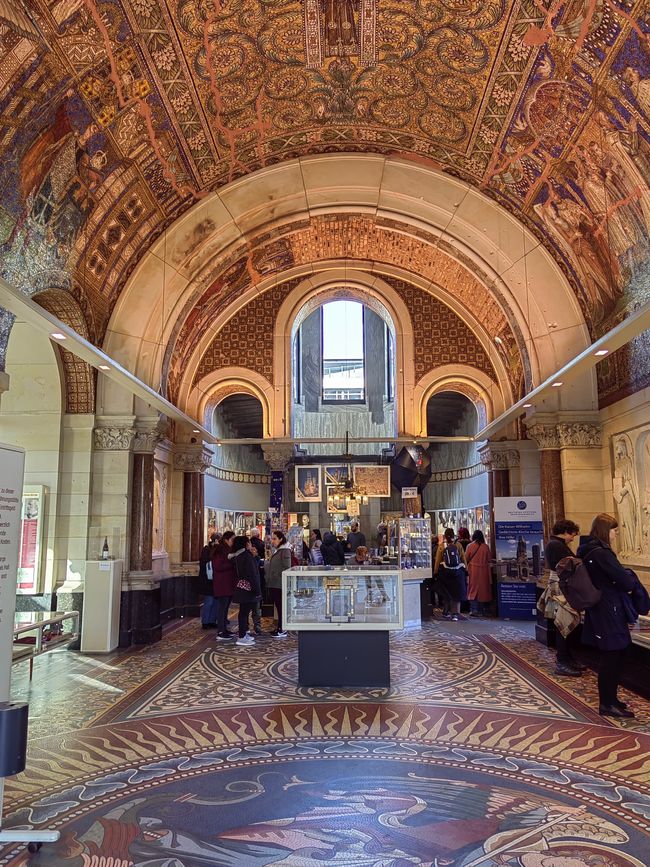
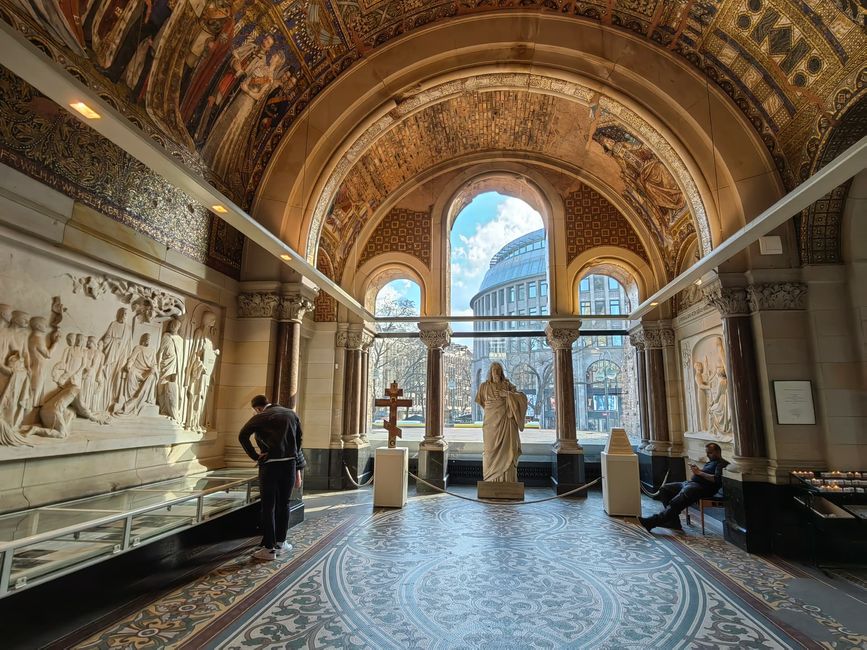
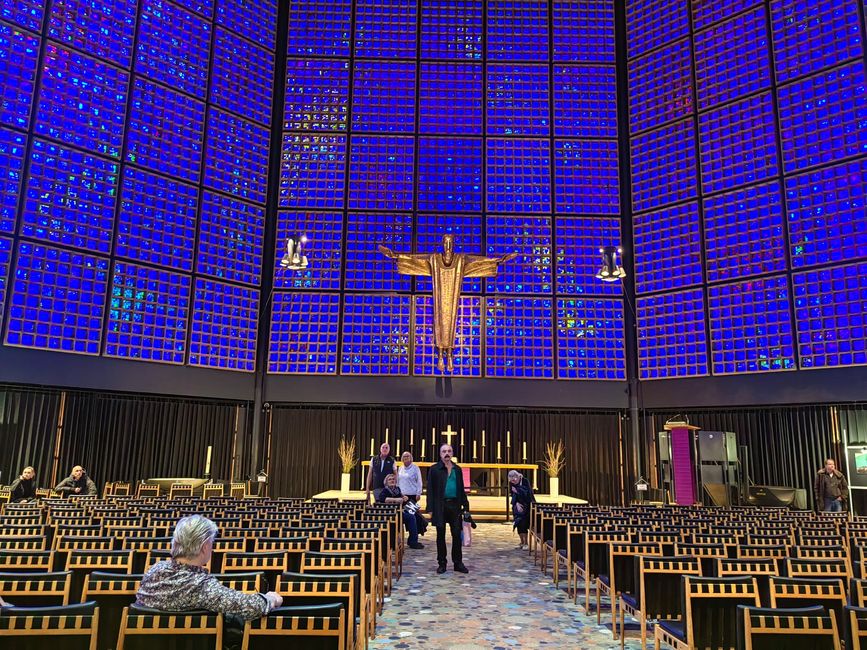
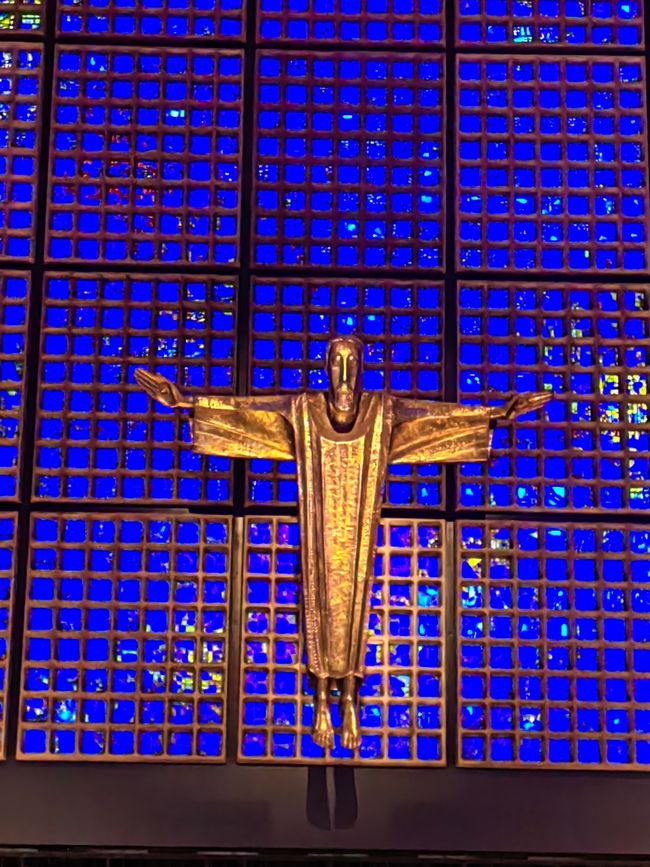
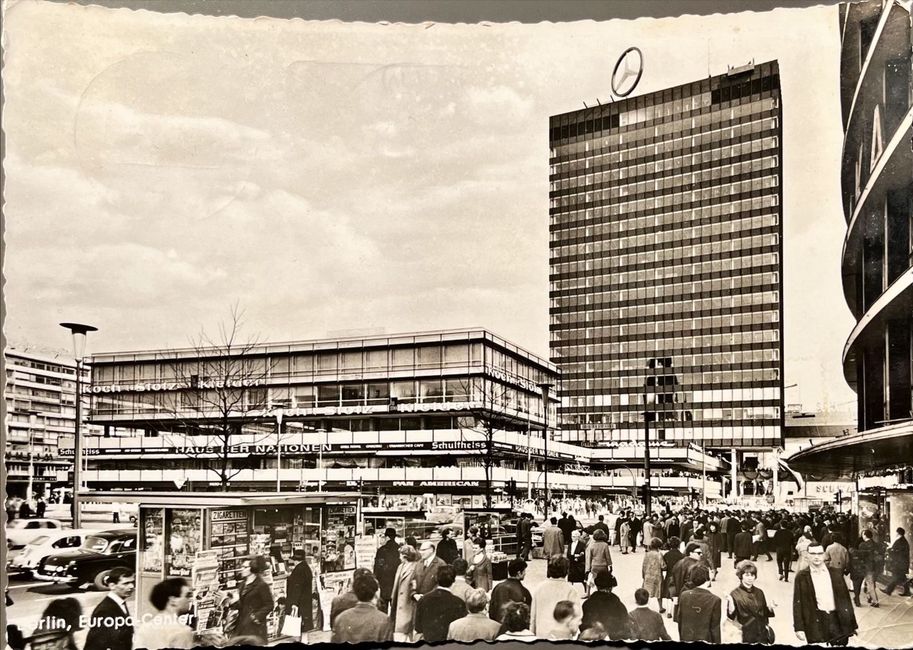
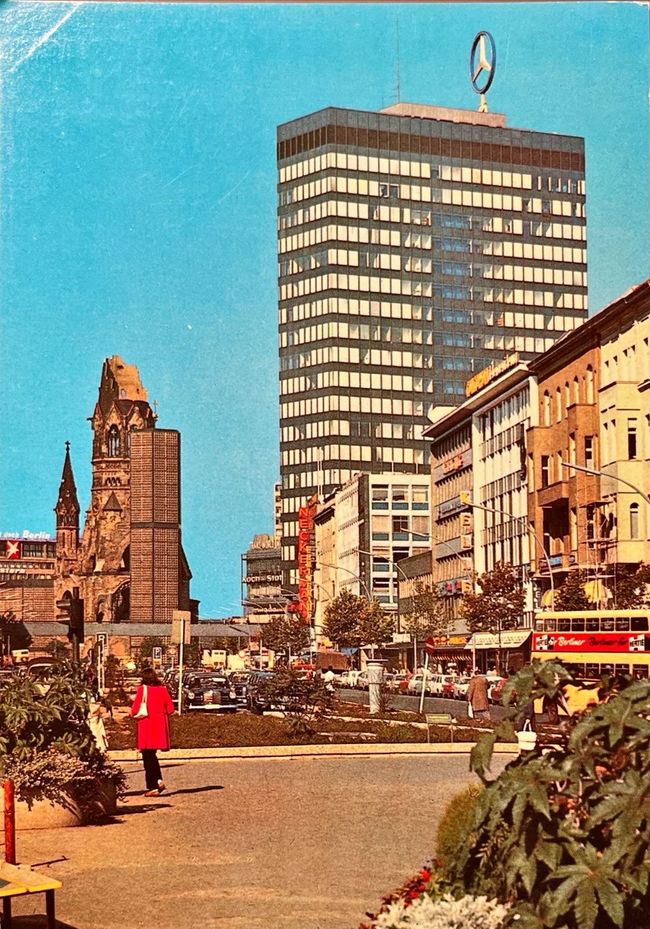
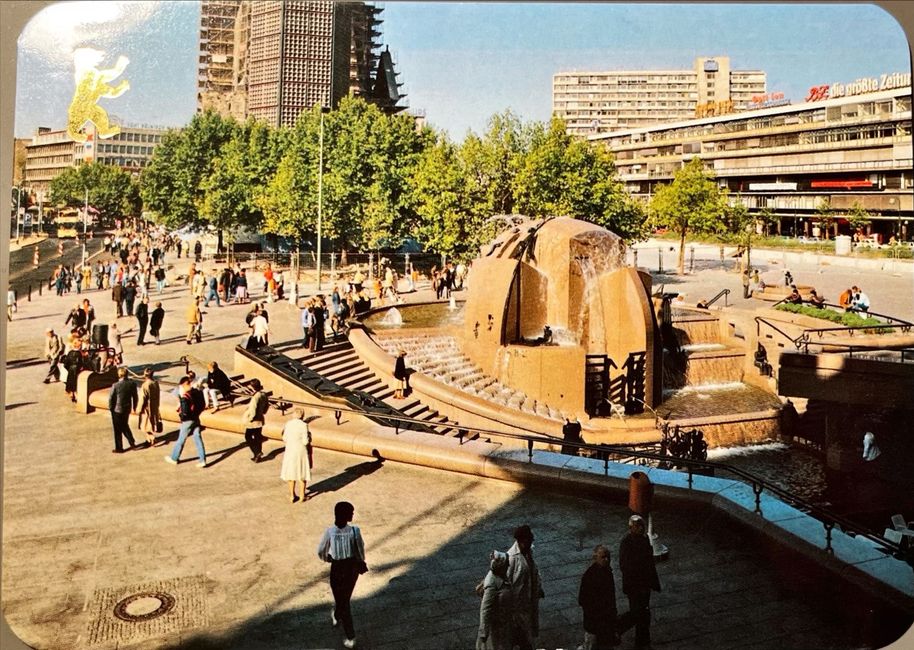
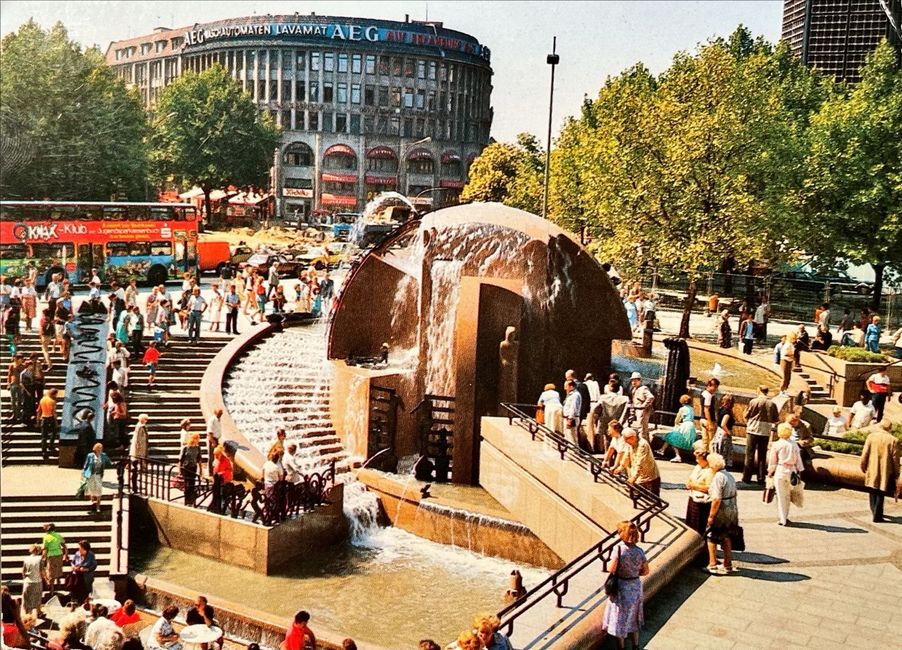
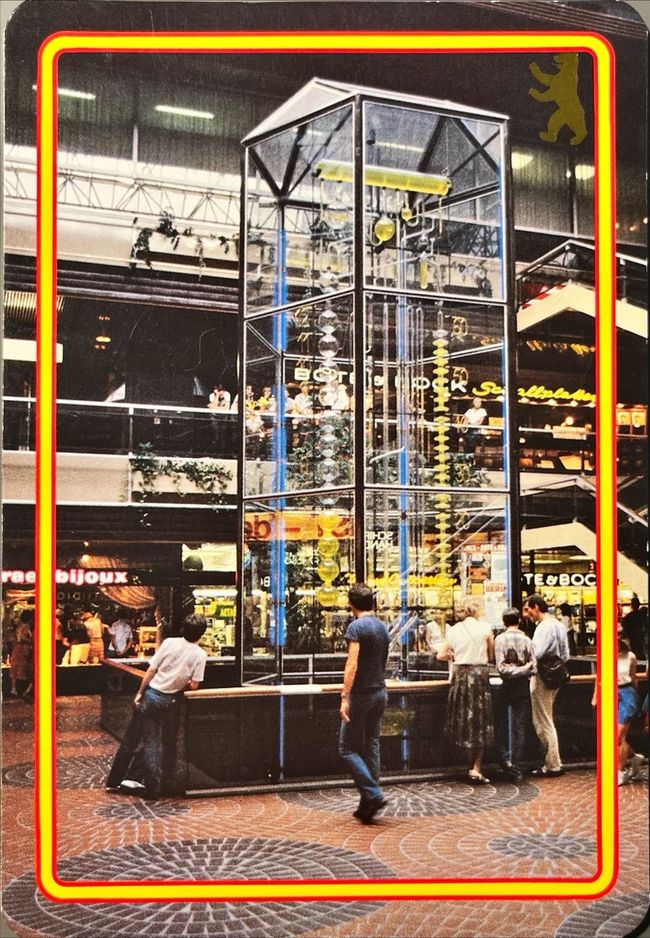
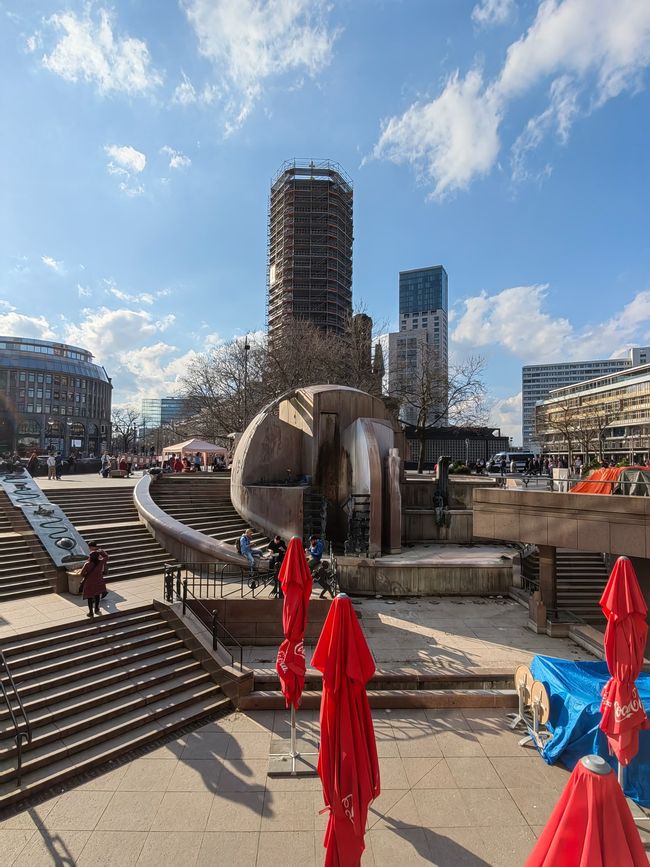
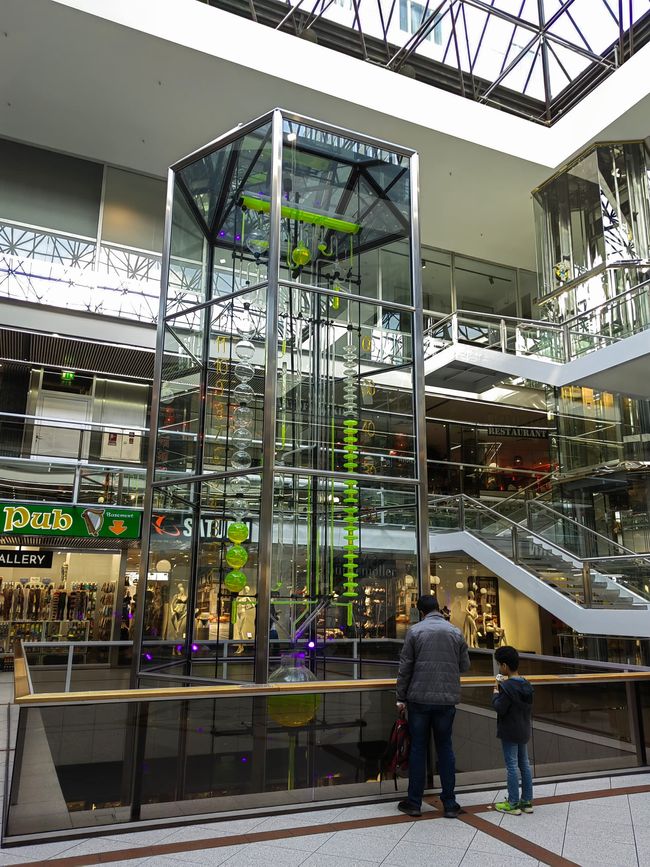
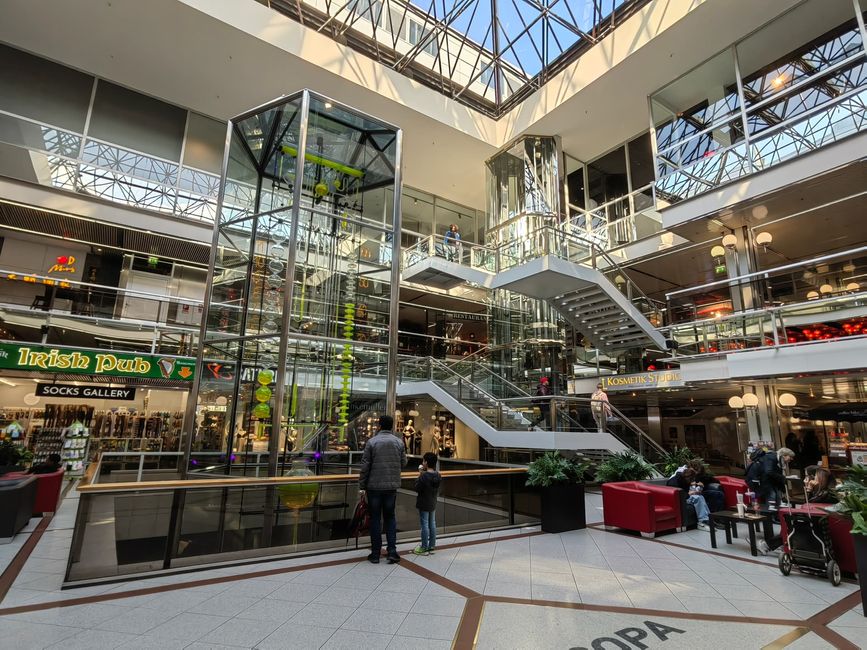
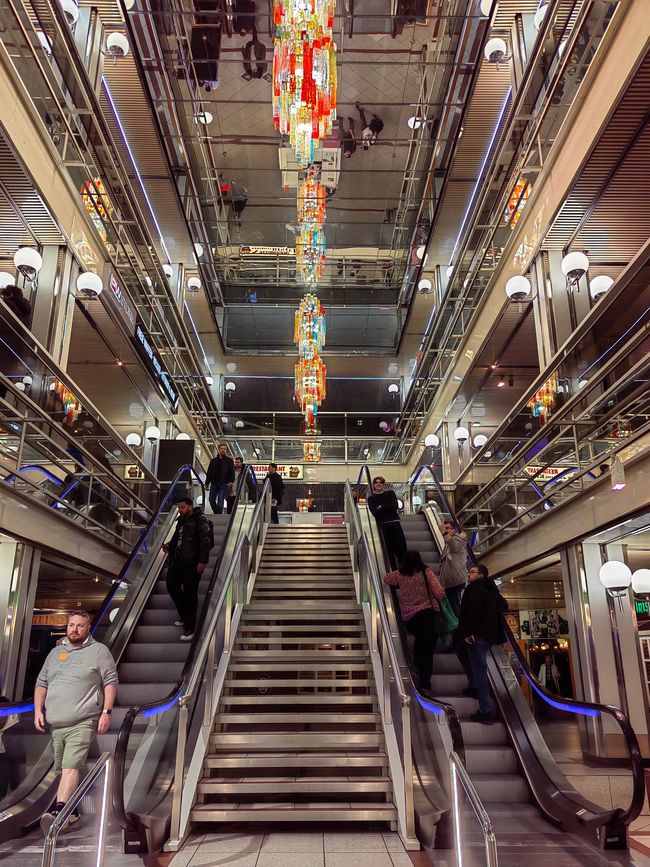
Today (20.03.2023) I'm taking you on my first real city walk:
City West (Zoological Garden, Budapester Straße, Kurfürstendamm, Breitscheidplatz)
We had plans for an escape room adventure in the Europacenter in the afternoon, so I took the opportunity to explore this area.
Zoological Garden Station
Every time I visit the train station, it feels like there's construction going on. I have no idea if it takes so long or if they start over again... I rarely go there, so it confuses me...
Here are two of my old pictures (the grayer one is stamped 1986, the evening shot is unstamped and therefore cannot be dated by me. However, based on the postcode, it can be determined that the printing was done before 1993)
Next, we continued on Budapester Straße. The Zoopalast was being dressed up for a premiere or something similar and was surrounded by tents and technical equipment. The Palast-Theater at the Zoo, which was located there before, had been showing movies since 1915 and was THE premiere theater for many very famous films, including Metropolis. The theater was completely destroyed in World War II and then rebuilt as the Zoopalast. The Zoopalast is almost the only one of the many cinemas on the Ku'damm that is still operated as a cinema today.
You then walk past the Bikinihaus (where women's outerwear used to be produced and the horizontally split house apparently looked most like a bikini...). However, I don't have any old or new pictures of that ![]()
Next, you come to the beautiful Elephant Gate of the Zoological Garden. The Elephant Gate was opened in 1899, but had to be completely reconstructed after being destroyed in World War II. I don't have any pictures of the old gate in my postcard collection, but I found these pictures on Wikipedia.
The fact that the Elephant Gate was scaffolded really got to me in that moment. And I didn't even think to try holding the old picture between the camera and the subject for composition. That would have been a great opportunity here... Well, there's still a goal to achieve.
We continued behind the Europacenter towards Kurfürstendamm, known worldwide as the Ku'damm.
The Berlin Kurfürstendamm was originally a riding path from the Berlin City Palace to the Grunewald Hunting Lodge. In 1873, Bismarck wanted to turn it into a magnificent boulevard with a width of 53 meters. However, the necessary funding was missing. Instead, the forest in Grunewald was sold to investors who were allowed to build a villa colony there and in return expanded the Kurfürstendamm as a boulevard. In order to do this, initial development plans were drawn up that defined the ridge heights, etc. Artists and merchants quickly settled there, and the boulevard soon became a popular destination for a city stroll. During World War II, a lot was destroyed in the area, but it was quickly rebuilt after the war.
I found it amusing that there are no longer house numbers 1-10. The Ku'damm starts with number 11 at Breitscheidplatz. Numbers 1-9 now belong to Budapester Straße, for which a new location had to be found, as they wanted to rename the old Budapester Straße but didn't want to upset the Hungarians. Number 10 fell victim to the enlargement of the square.
The Café Kranzler no longer exists today (originally it was located on Friedrichstraße / Unter den Linden). However, since the building is listed as a historical monument, the name had to be preserved during the renovation. However, there are no longer café tables and chairs in front of it. The whole atmosphere has been lost. Instead, modern labels have made it their home today. I have now sorted my large collection of postcards featuring Café Kranzler by the color of the awnings. These varied quite frequently.
I definitely have this art installation on some of my postcards from the 80s, but since I have only managed to sort half of them so far, this one was unfortunately not included. The Ku'damm definitely deserves another visit sometime.
I also want to mention, although I couldn't find any old pictures of it, the traffic kiosk across from Café Kranzler. From here, the increasingly dense traffic was regulated. Traffic police officers observed the traffic from there and manually regulated the traffic lights accordingly.
The old glass display cases that were so typical of the Ku'damm in the 90s have now been replaced by modern LED display cases. However, I currently only have one old picture (1984) where you can see the cases on the right side.
At Breitscheidplatz, formerly Gutenbergplatz and then Auguste-Viktoria-Platz until 1947, stands one of Berlin's (sad) landmarks. The Kaiser Wilhelm Memorial Church. It was partially destroyed during Allied air raids in 1943 in World War II. The ruins, flanked by new sacral buildings, were preserved as a memorial.
We then continued to the Europacenter. In front of the Europacenter is the so-called "Wasserklops" or "Gammlerdusche" - or the "Fountain at the Memorial Church". In the Europacenter, there is "The Clock of Flowing Time". However, due to the interior design in the Europacenter, I rather feel that time has stood still there in the 90s...
Overall, it was a really nice trip, and I'm definitely looking forward to more. I learned a lot of new things when I researched the buildings and streets. I hope you enjoyed my little city tour.
Sagot (1)
Kristine
Super. Endlich mal ein Blog mit historischem Inhalt. Lieben Dank und gerne mehr. Übrigens schreibe ich Blogs über meine Reisen, dann aber mehr als Erlebnisbericht. 🌸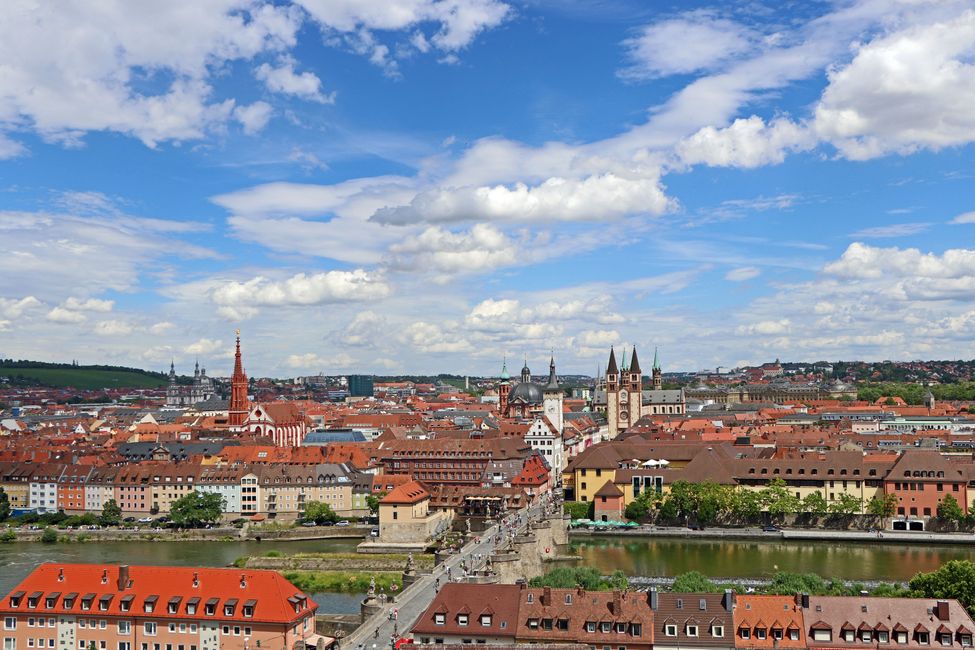
Mga ulat sa paglalakbay Alemanya
